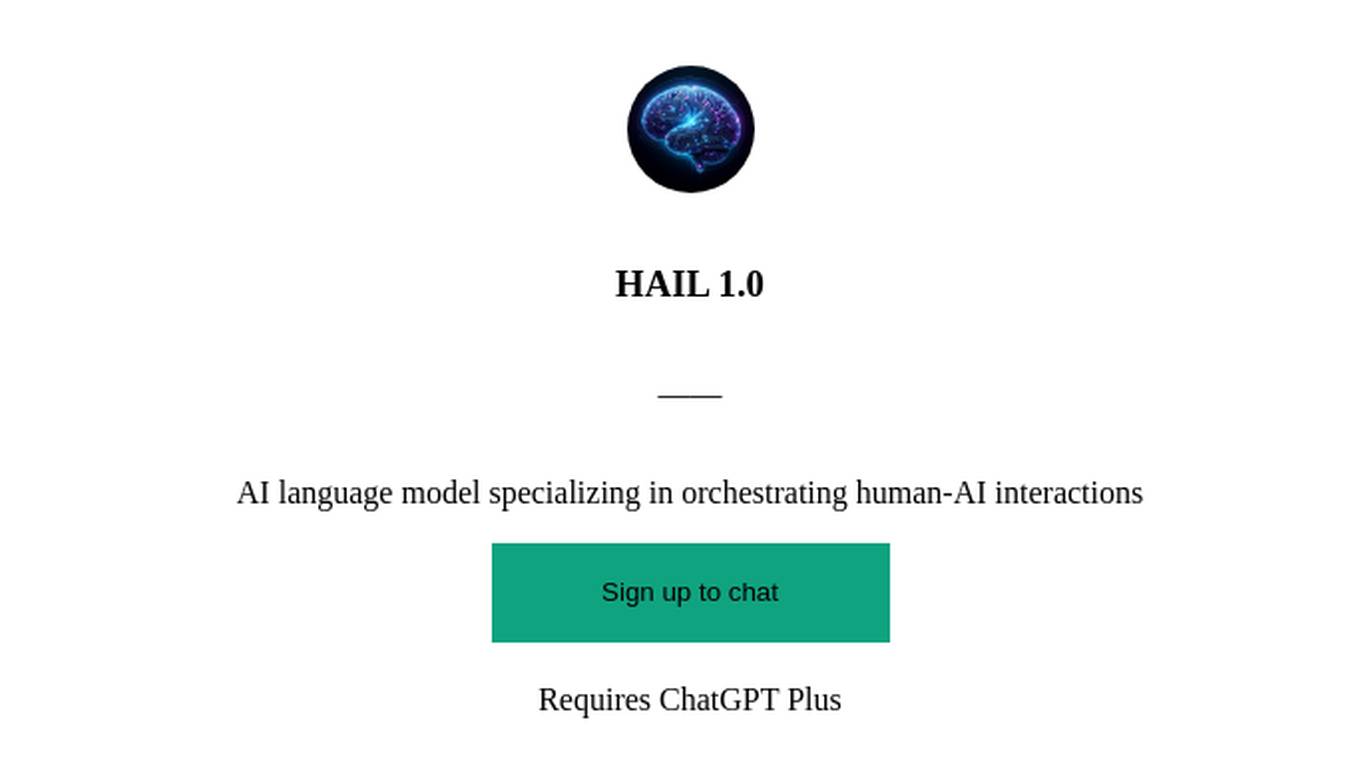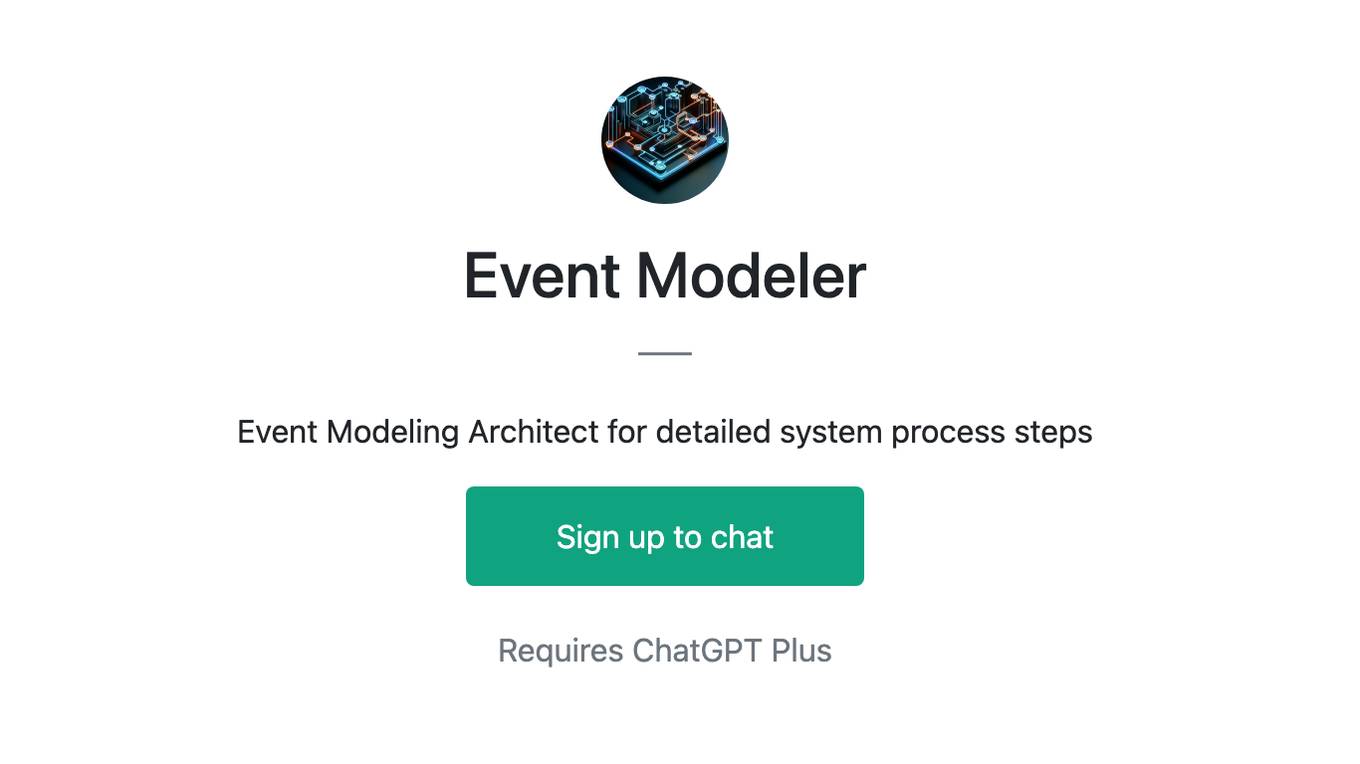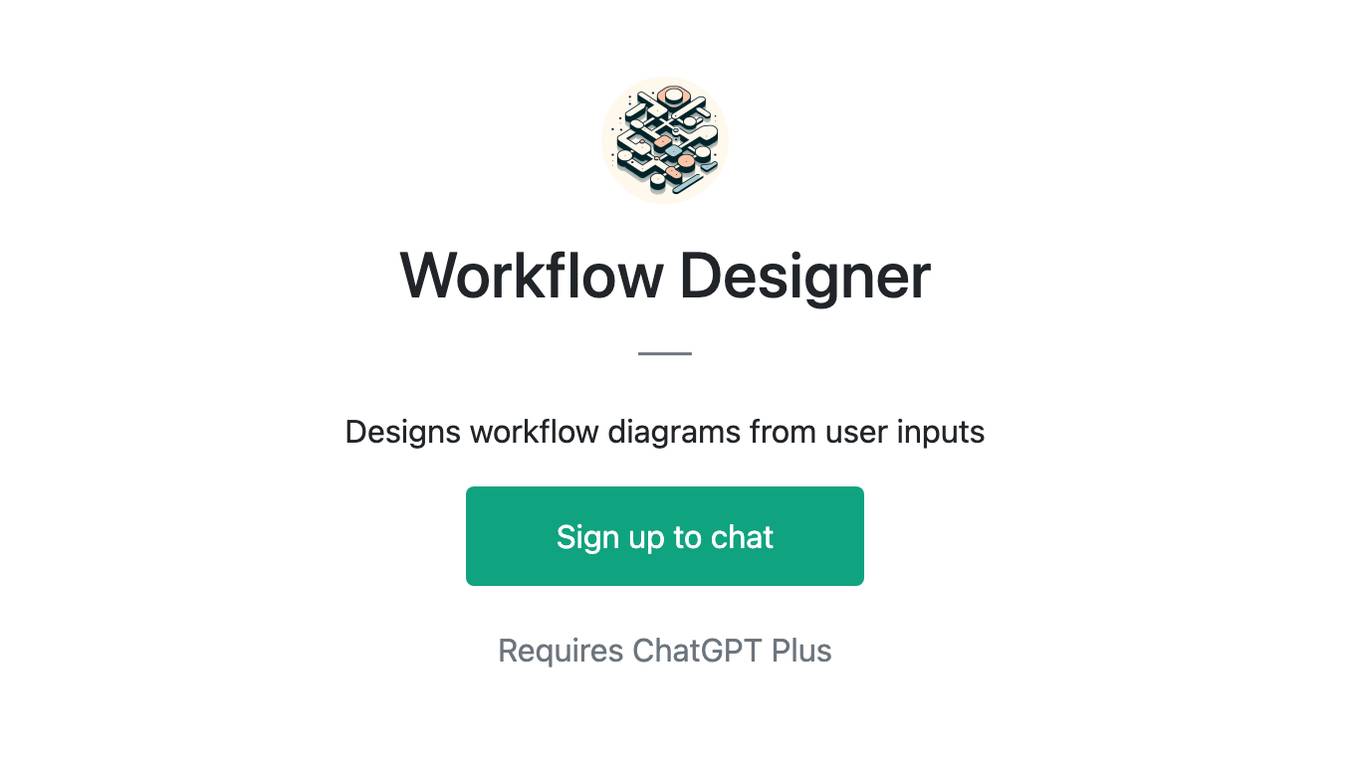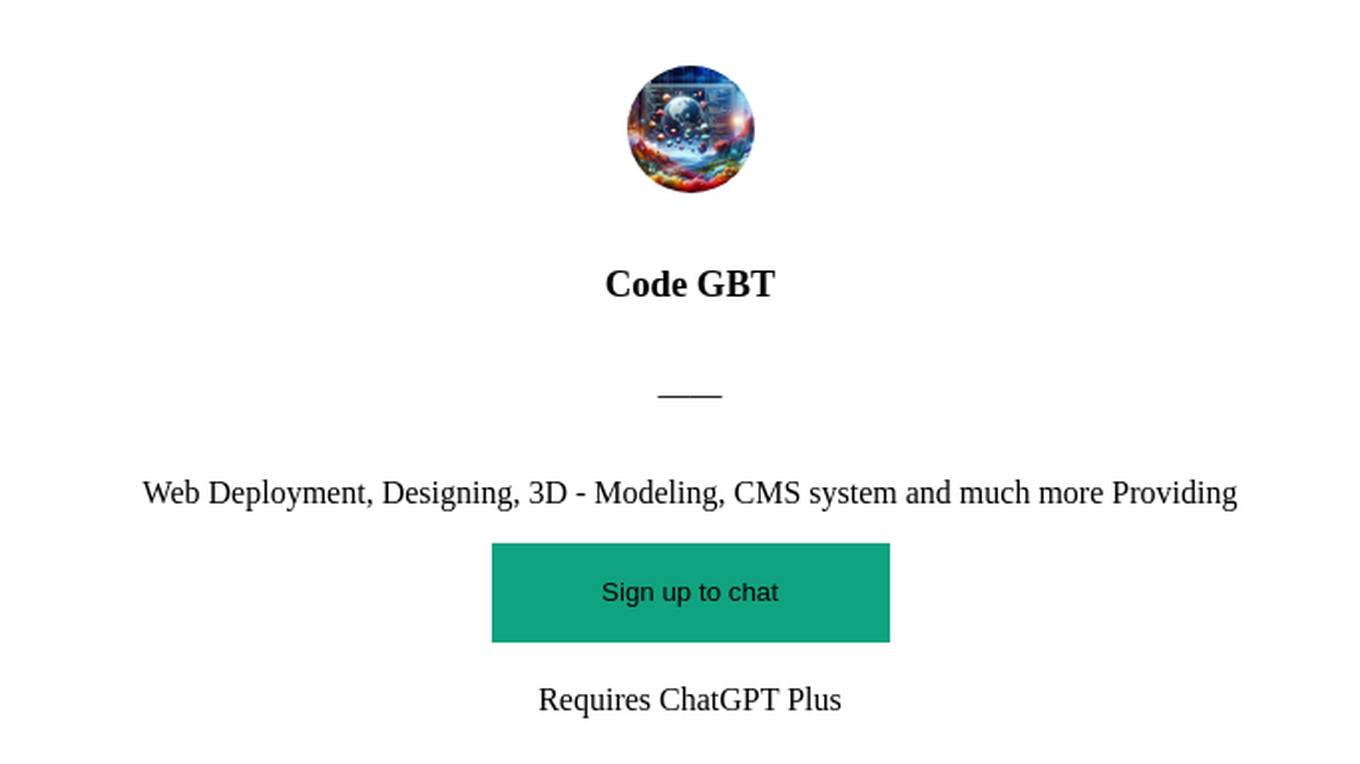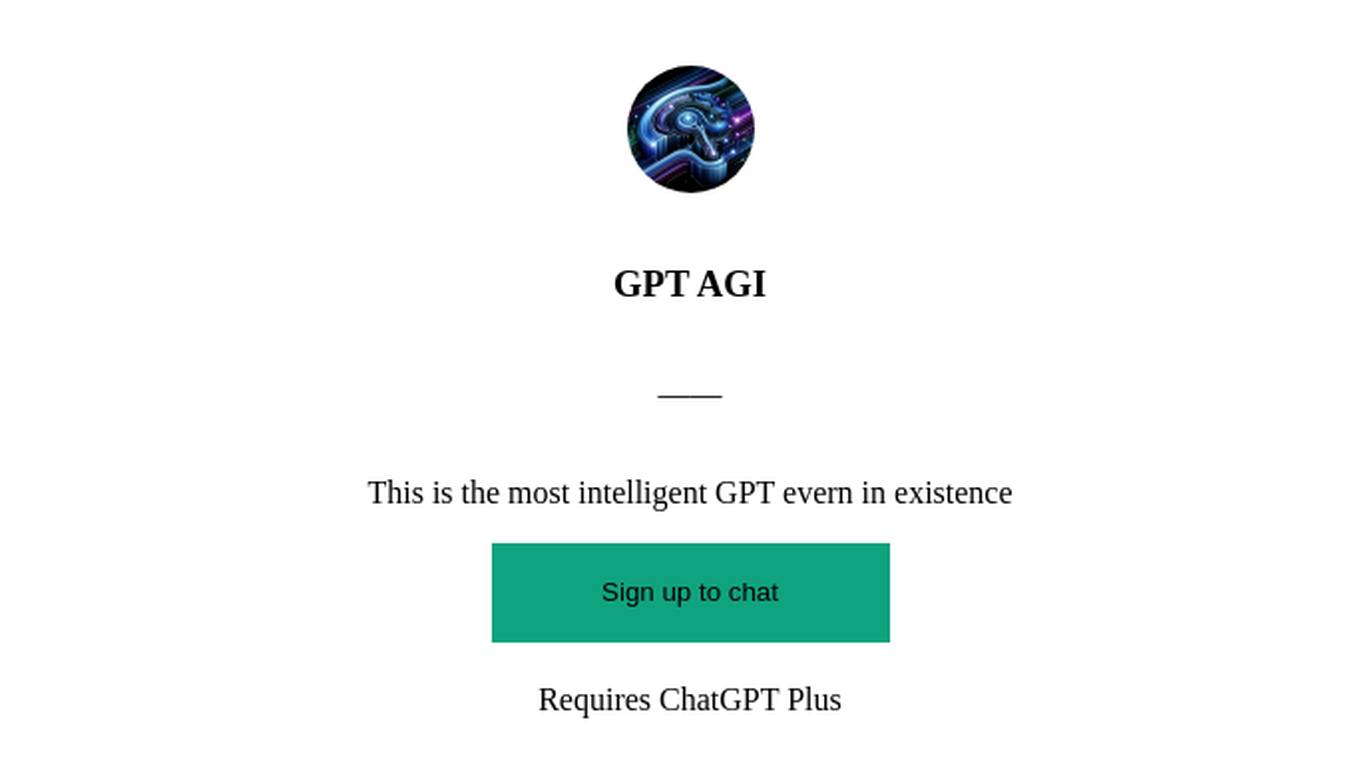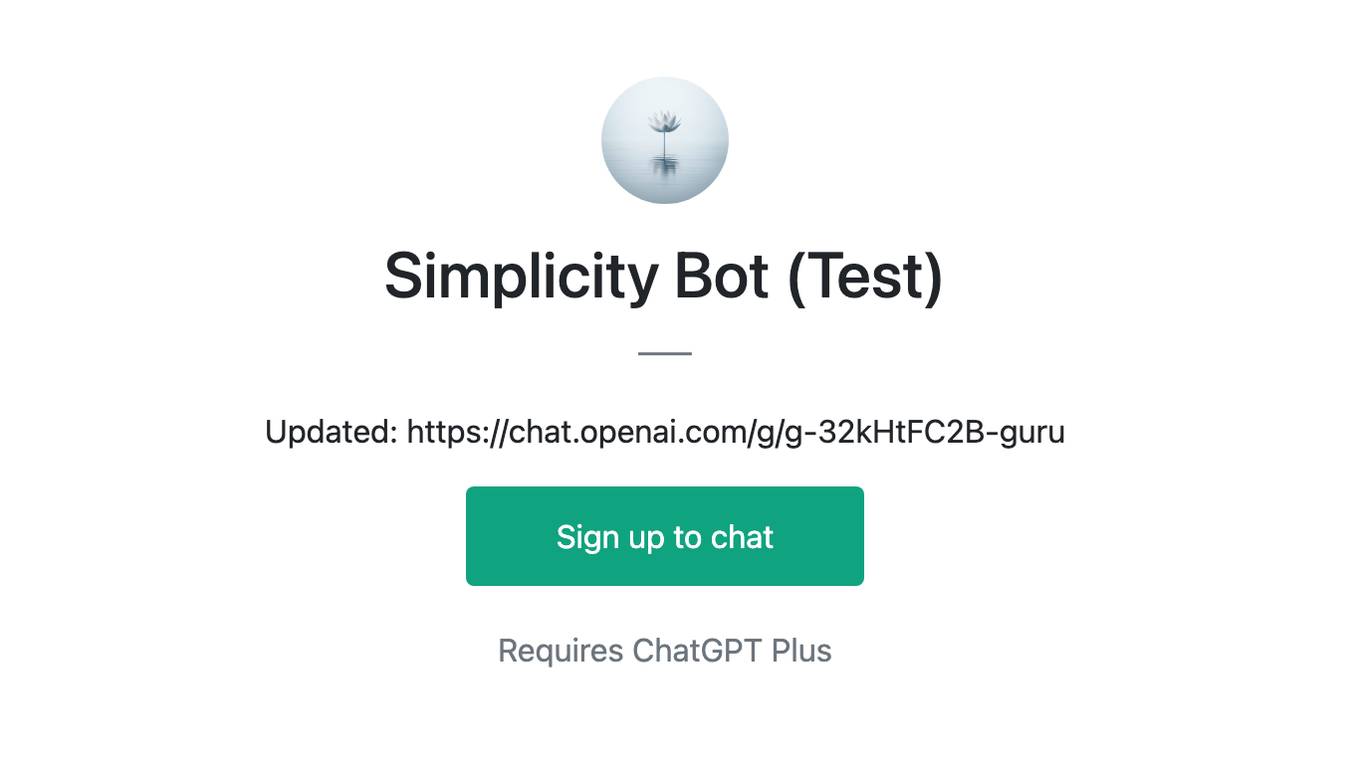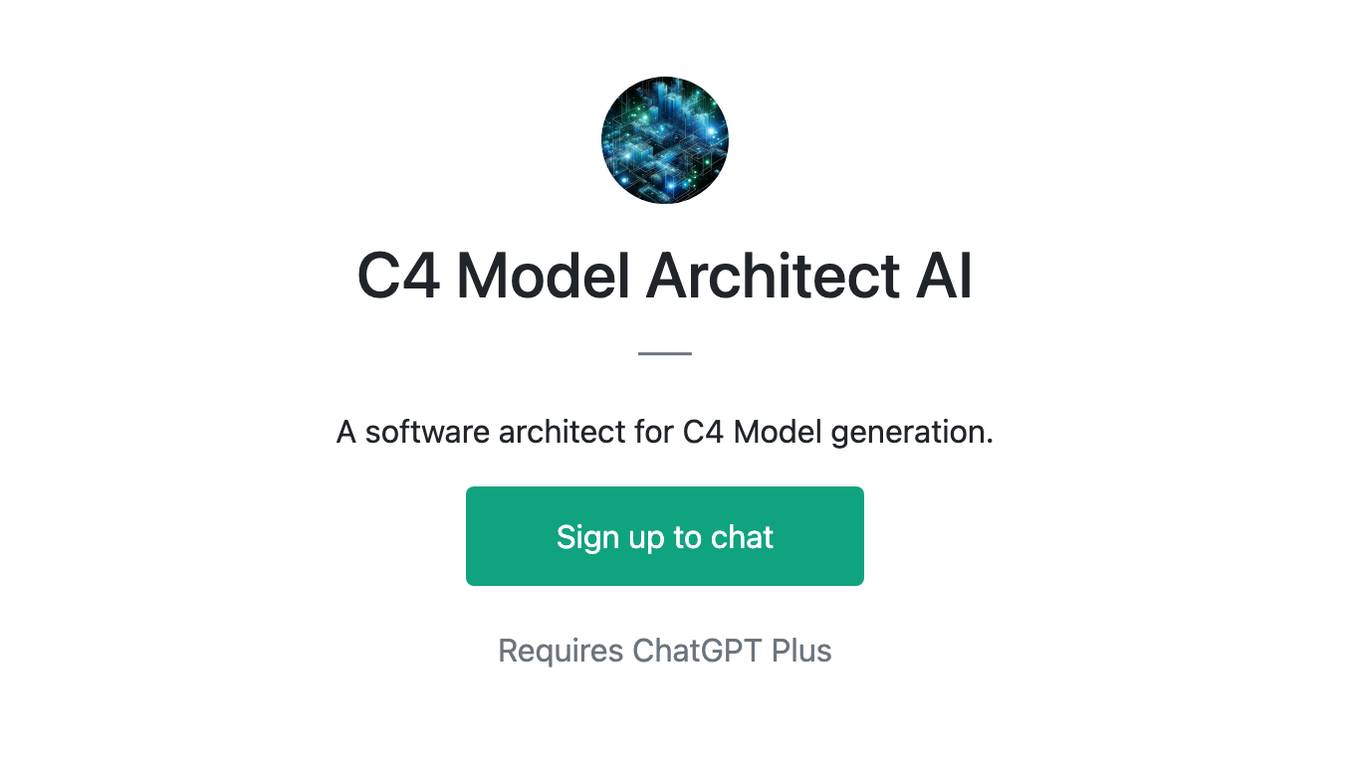Best AI tools for< Manage Model Paths >
20 - AI tool Sites
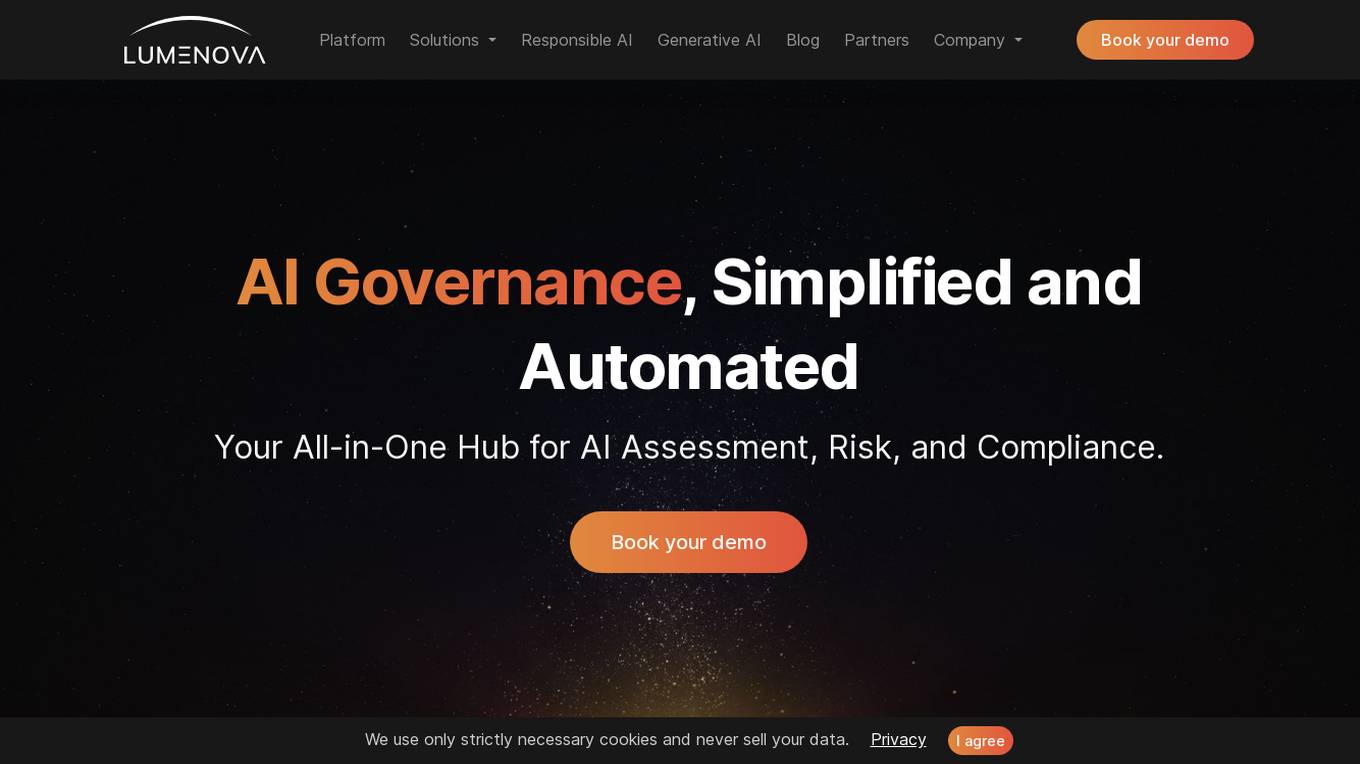
Lumenova AI
Lumenova AI is an AI platform that focuses on making AI ethical, transparent, and compliant. It provides solutions for AI governance, assessment, risk management, and compliance. The platform offers comprehensive evaluation and assessment of AI models, proactive risk management solutions, and simplified compliance management. Lumenova AI aims to help enterprises navigate the future confidently by ensuring responsible AI practices and compliance with regulations.
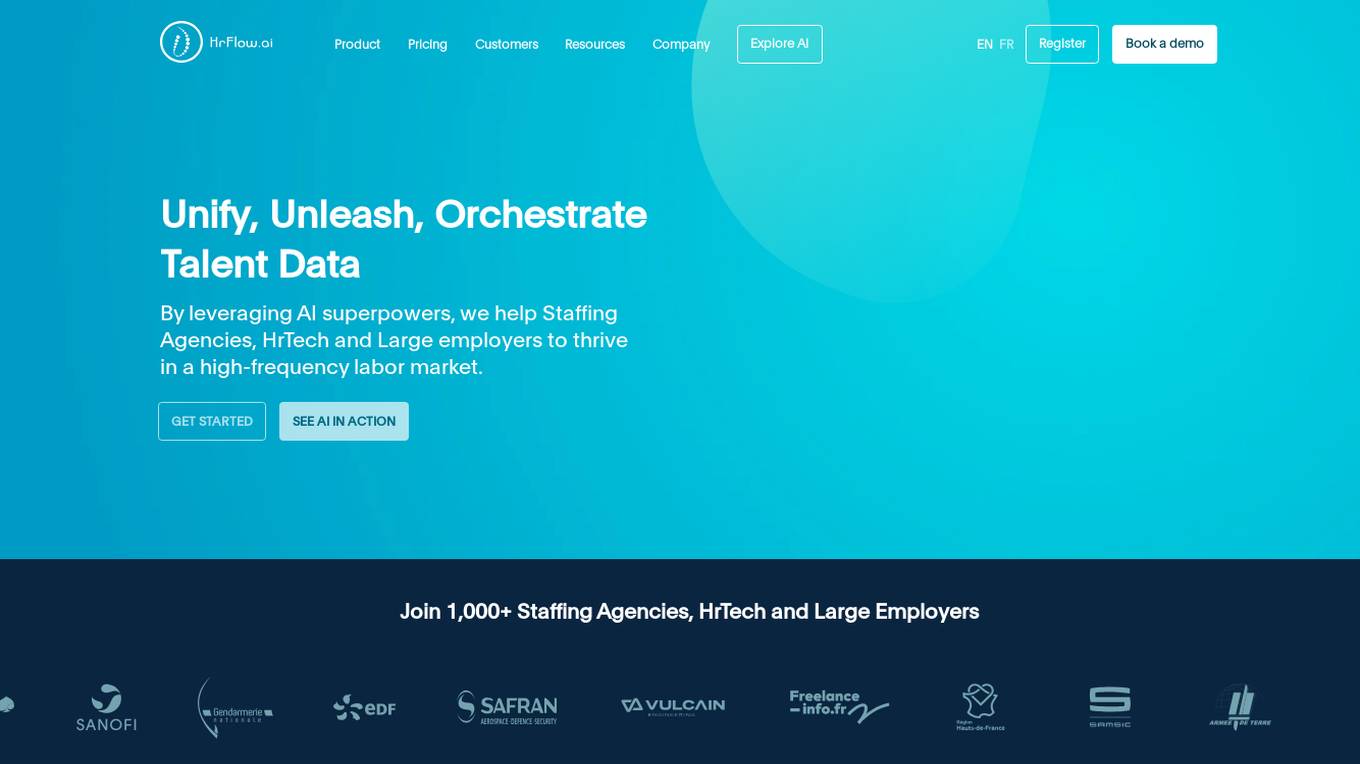
HrFlow.ai
HrFlow.ai is an API-first company and the leading AI-powered HR data automation platform. The company helps +1000 customers (HR software vendors, Staffing agencies, large employers, and headhunting firms) to thrive in a high-volume and high-frequency labor market. The platform provides a complete and fully integrated suite of HR data processing products based on the analysis of hundreds of millions of career paths worldwide -- such as Parsing API, Tagging API, Embedding API, Searching API, Scoring API, and Upskilling API. It also offers a catalog of +200 connectors to build custom scenarios that can automate any business logic.
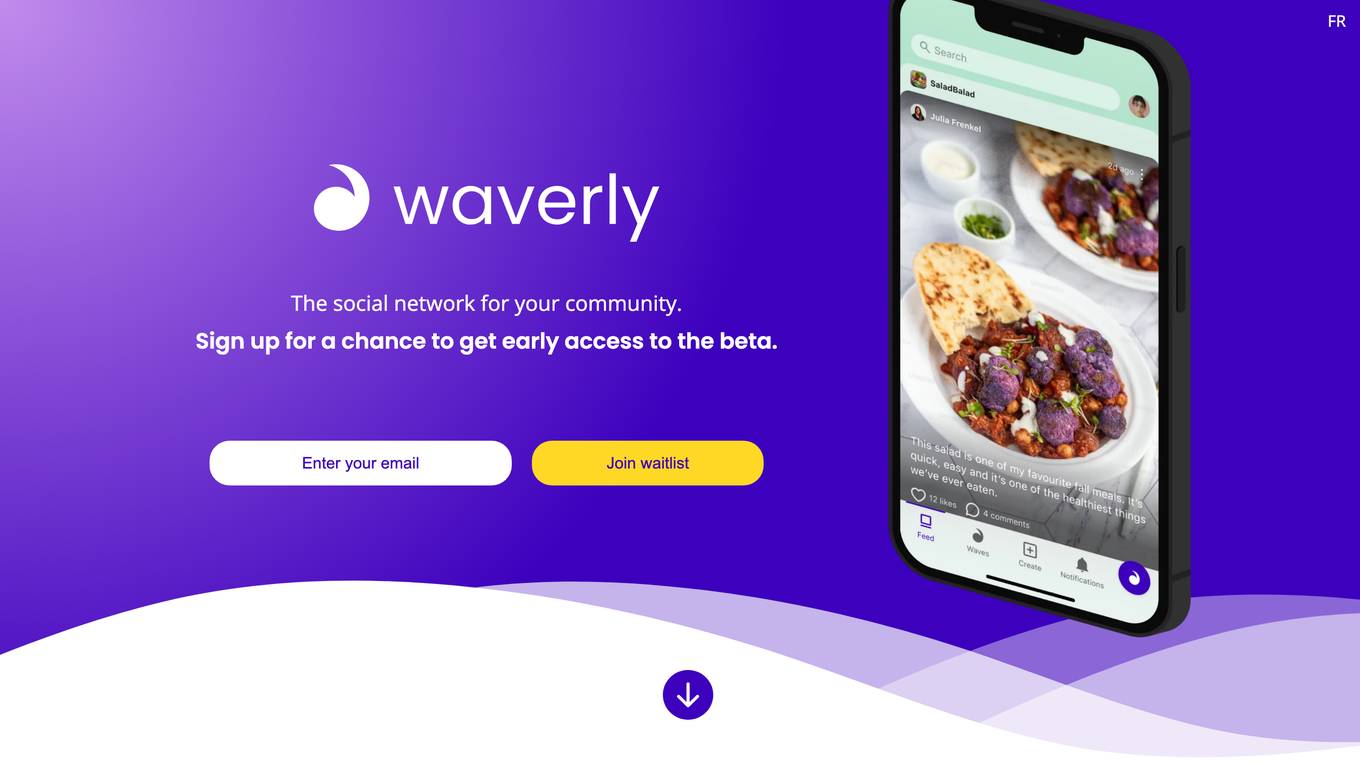
Numeno
Numeno is an AI tool that allows users to personalize every customer touchpoint without the need for data. It enables businesses to tailor product recommendations, content, gaming experiences, educational content, financial services, and marketing campaigns based on real-time user interactions. Numeno's dead-simple API simplifies the process of personalizing user experiences by creating rich models of user behavior and preferences over time.
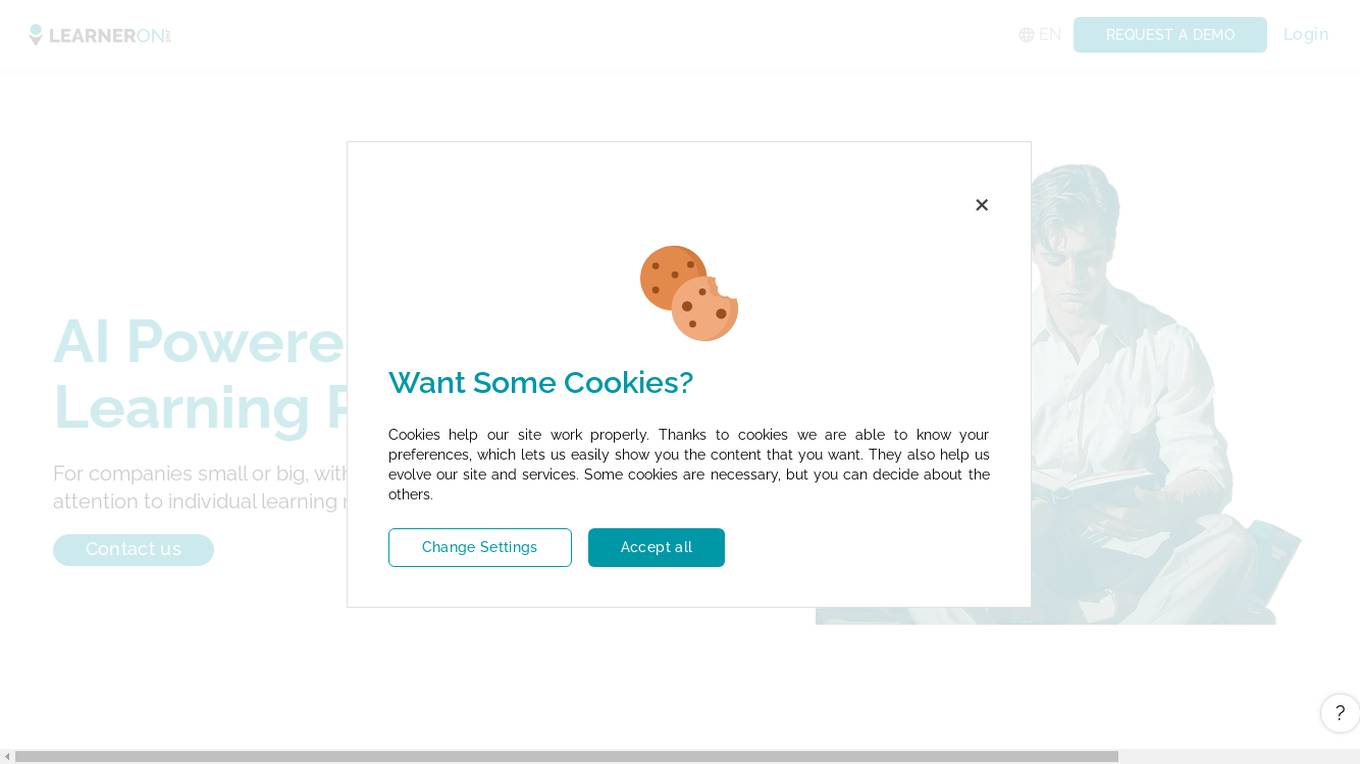
LearnerOn
LearnerOn is a cutting-edge Learning eXperience Platform designed for companies of all sizes, focusing on individual learning needs. It offers a highly personalizable learning and development experience, skills and knowledge progress tracking, and support for transitioning to a Learning Organization. LearnerOn streamlines the L&D process with a single digital platform that integrates a catalogue of learning resources, skills, and occupations. It provides personalized and engaging learning experiences through its AI-powered engine and tailored learning paths. LearnerOn enables user self-service, peer-to-peer, and top-down learning modes, and allows easy tracking of learning progress and skills growth. The platform caters to talent leaders, L&D professionals, team leaders, and learning users, offering features like roles and skills integration, occupations design studio, mentoring and feedback channels, cockpit for learning admins, compliance and progress dashboards, learning assignment central, templates for skills and roles, two-way feedback, and personalized learning paths.
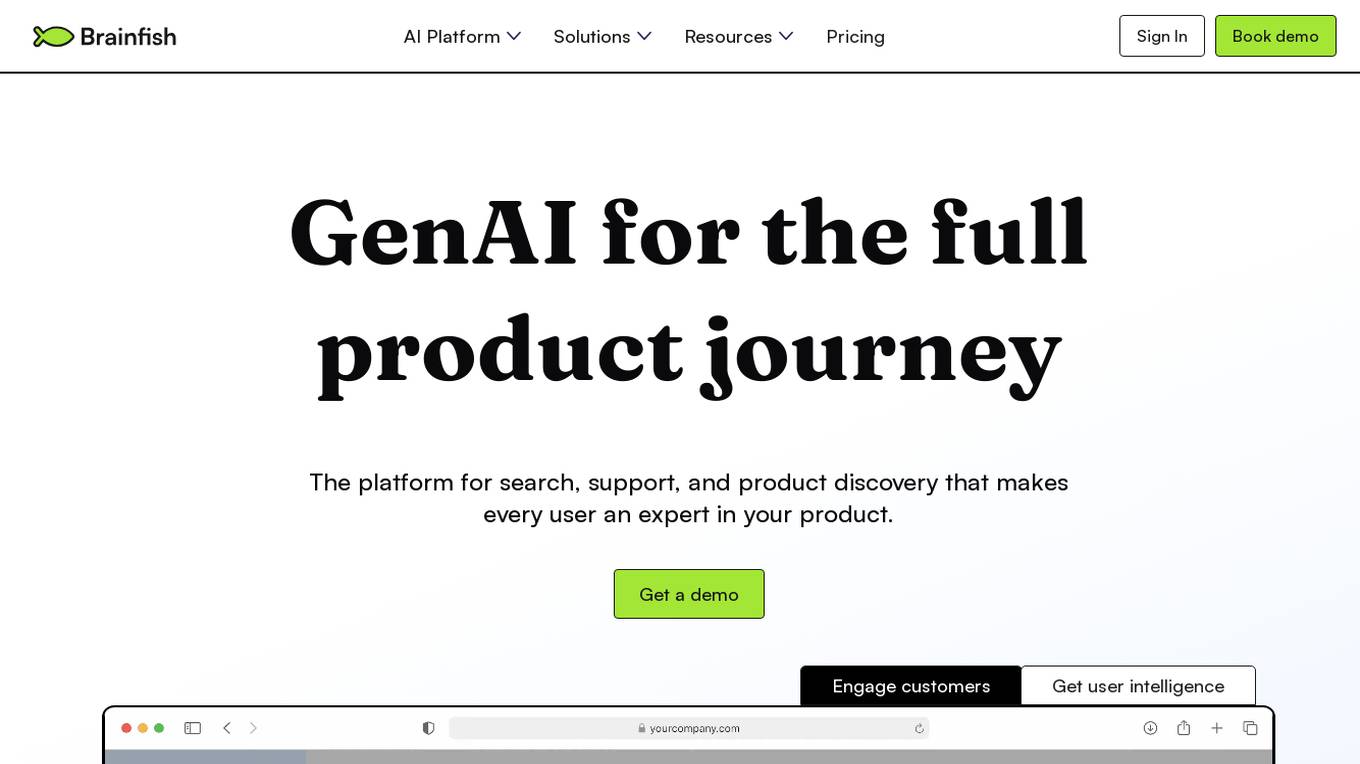
Brainfish
Brainfish is an AI-powered platform that aims to transform customer experience by providing AI-powered answers, support, and product discovery throughout the full product journey. It offers dynamic CTAs, resolution paths, real-time alerts, guidance, and live communication to enhance user experience. Brainfish utilizes powerful ML models for a refreshing search experience, individualizes user journeys at scale, and provides behavioral data tracking for insights into user behavior. The platform helps in driving pipeline and product-led growth, personalizing onboarding and training, engaging users with real-time proactive guidance, deflecting issues while boosting NPS, helping users discover new features, and automating key support workflows for efficient growth.
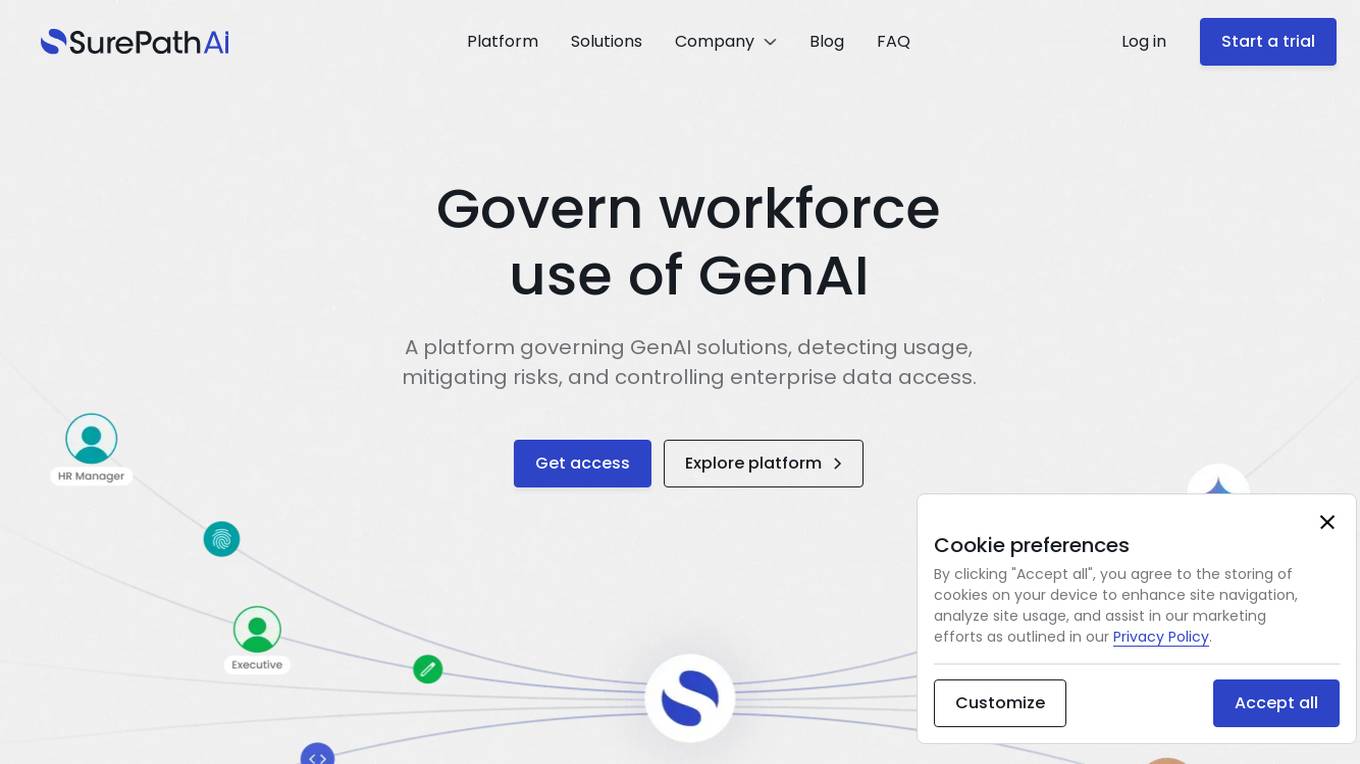
SurePath AI
SurePath AI is an AI platform solution company that governs the workforce use of GenAI. It provides solutions for detecting usage, mitigating risks, and controlling enterprise data access. SurePath AI offers a secure path for GenAI adoption by spotting, securing, and streamlining GenAI use effortlessly. The platform helps prevent data leaks, control access to private models and enterprise data, and manage access to public and private models. It also provides insights and analytics into user activity, policy enforcement, and potential risks.
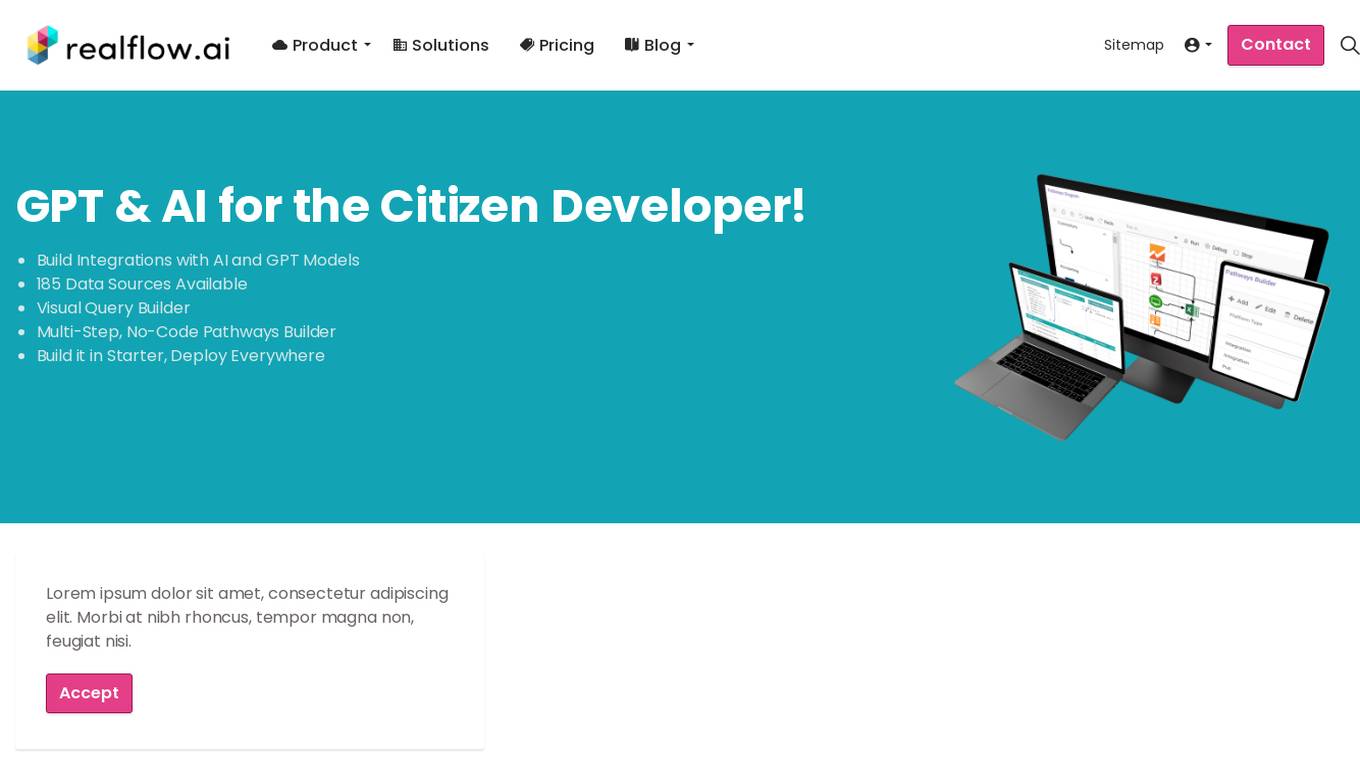
Realflow.ai
Realflow.ai is an AI-powered platform that offers GPT & AI capabilities for Citizen Developers. It provides a unique Visual Data Pathways Builder, 185 File, Database and SaaS Connectors, and Excel Formula Transforms for data manipulation. The platform simplifies data integration and transformation processes by eliminating the need for scripting languages and SQL queries. Realflow.ai aims to empower users with no-code solutions to build integrations and streamline data workflows across various platforms.

LiteLLM
LiteLLM is a platform that simplifies model access, spend tracking, and fallbacks across 100+ LLMs. It provides a gateway to manage model access and offers features like logging, budget tracking, pass-through endpoints, and self-serve key management. LiteLLM is open-source and compatible with the OpenAI format, allowing users to access various LLMs seamlessly.
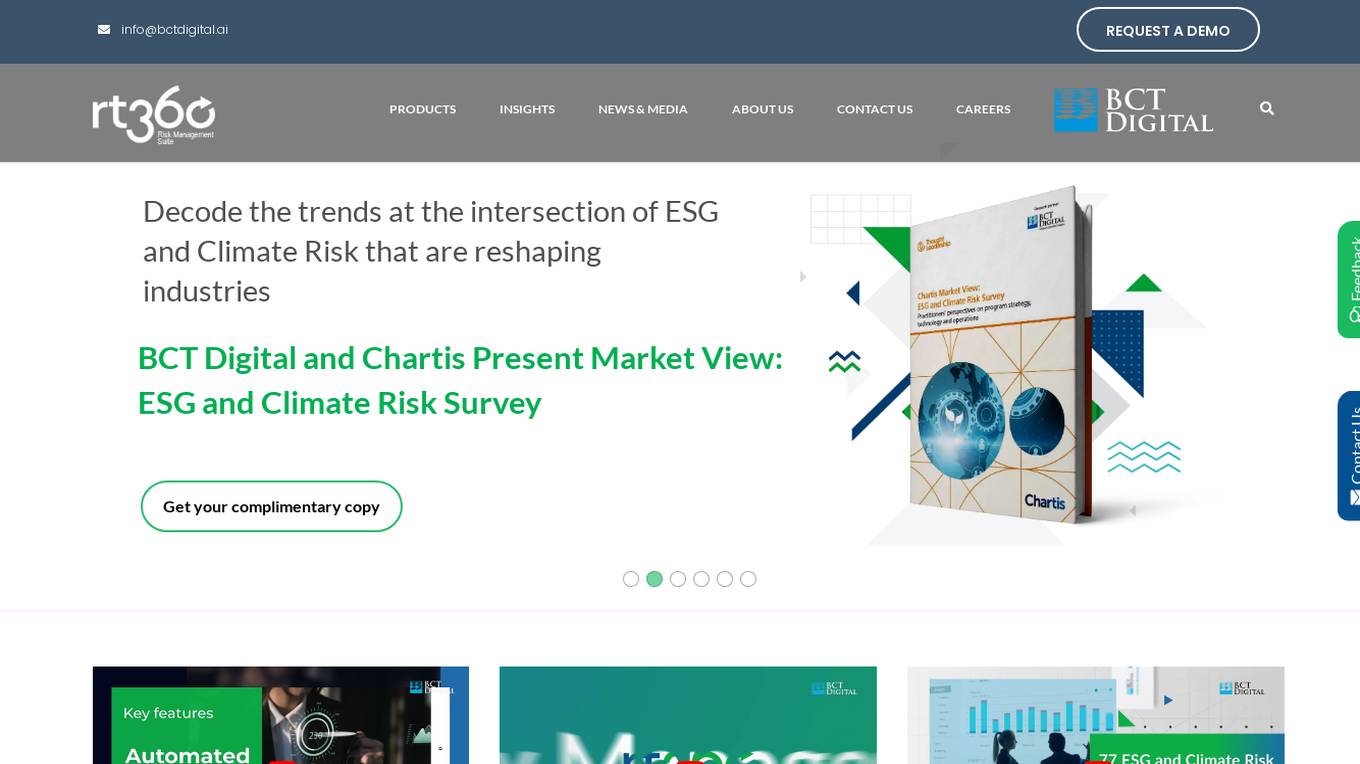
BCT Digital
BCT Digital is an AI-powered risk management suite provider that offers a range of products to help enterprises optimize their core Governance, Risk, and Compliance (GRC) processes. The rt360 suite leverages next-generation technologies, sophisticated AI/ML models, data-driven algorithms, and predictive analytics to assist organizations in managing various risks effectively. BCT Digital's solutions cater to the financial sector, providing tools for credit risk monitoring, early warning systems, model risk management, environmental, social, and governance (ESG) risk assessment, and more.
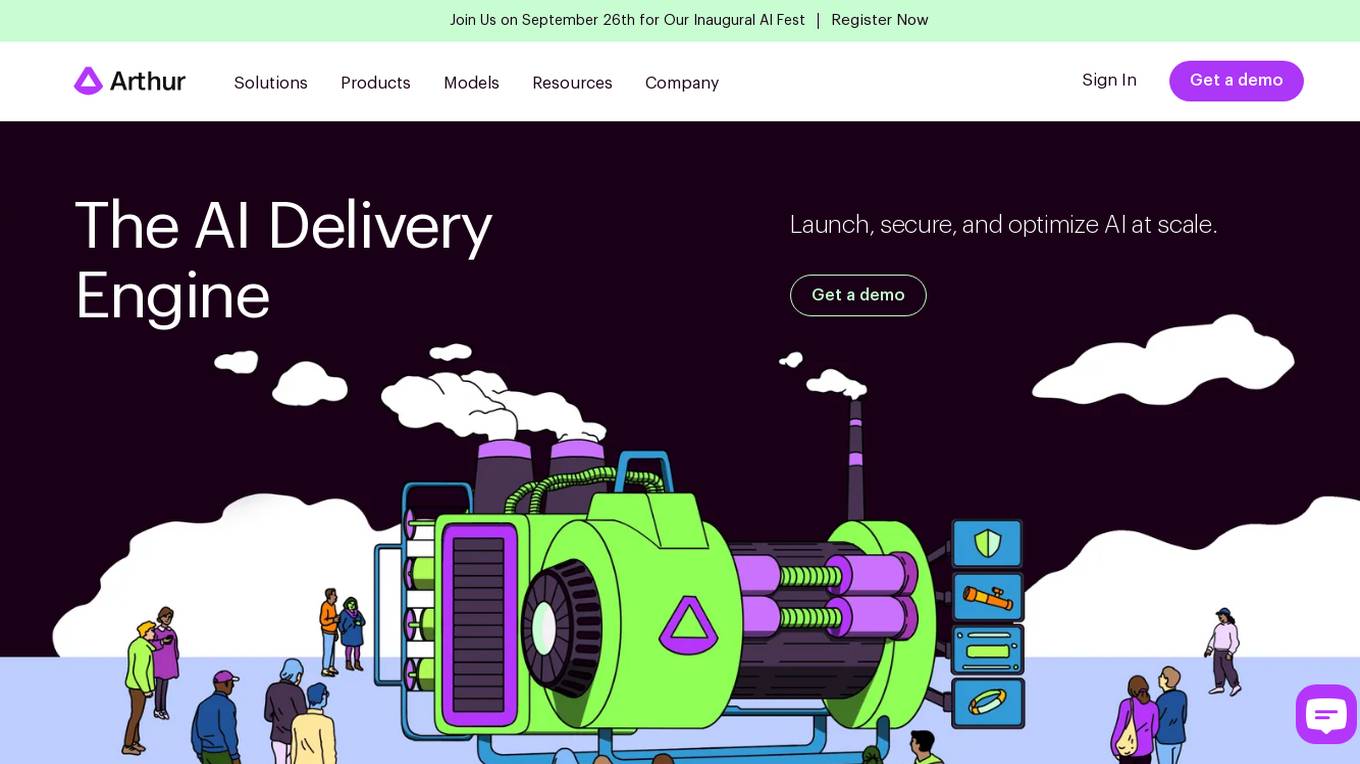
Arthur
Arthur is an industry-leading MLOps platform that simplifies deployment, monitoring, and management of traditional and generative AI models. It ensures scalability, security, compliance, and efficient enterprise use. Arthur's turnkey solutions enable companies to integrate the latest generative AI technologies into their operations, making informed, data-driven decisions. The platform offers open-source evaluation products, model-agnostic monitoring, deployment with leading data science tools, and model risk management capabilities. It emphasizes collaboration, security, and compliance with industry standards.
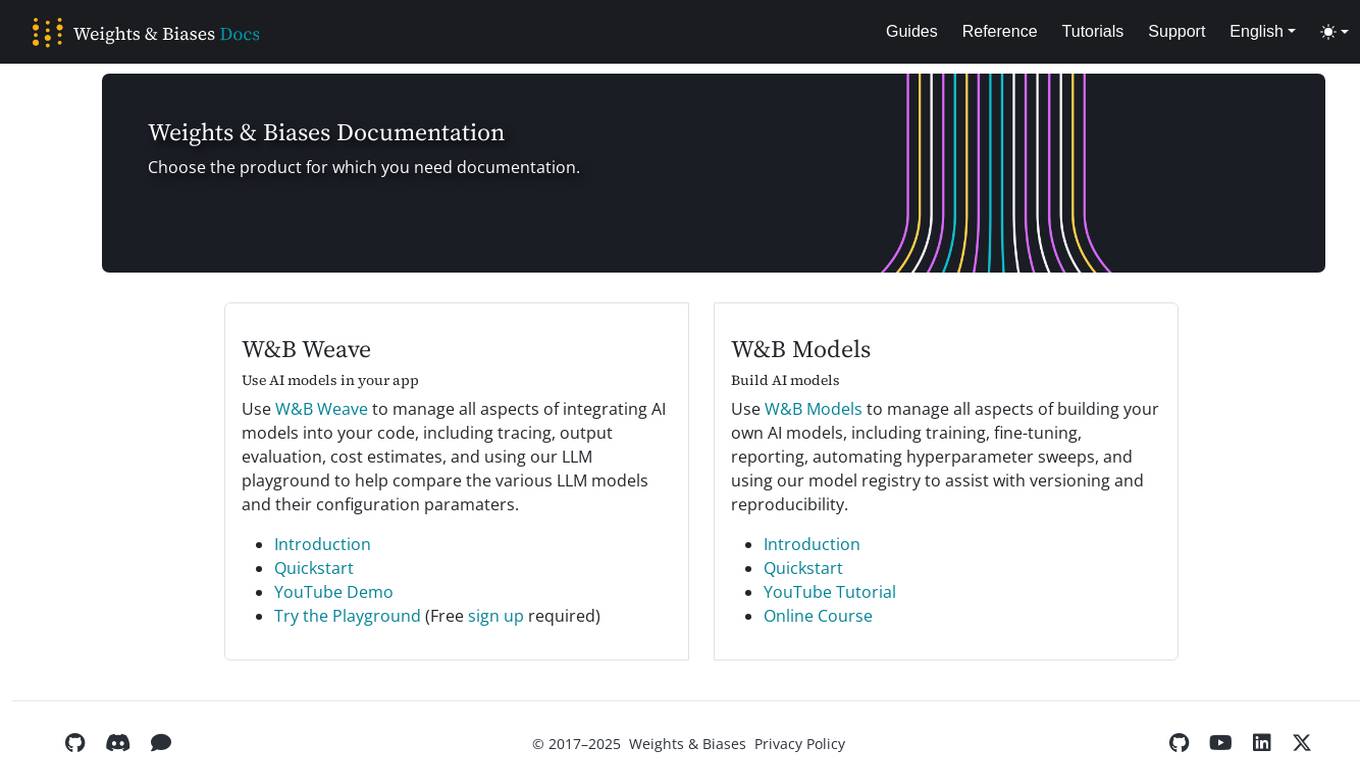
Weights & Biases
Weights & Biases is an AI tool that offers documentation, guides, tutorials, and support for using AI models in applications. The platform provides two main products: W&B Weave for integrating AI models into code and W&B Models for building custom AI models. Users can access features such as tracing, output evaluation, cost estimates, hyperparameter sweeps, model registry, and more. Weights & Biases aims to simplify the process of working with AI models and improving model reproducibility.
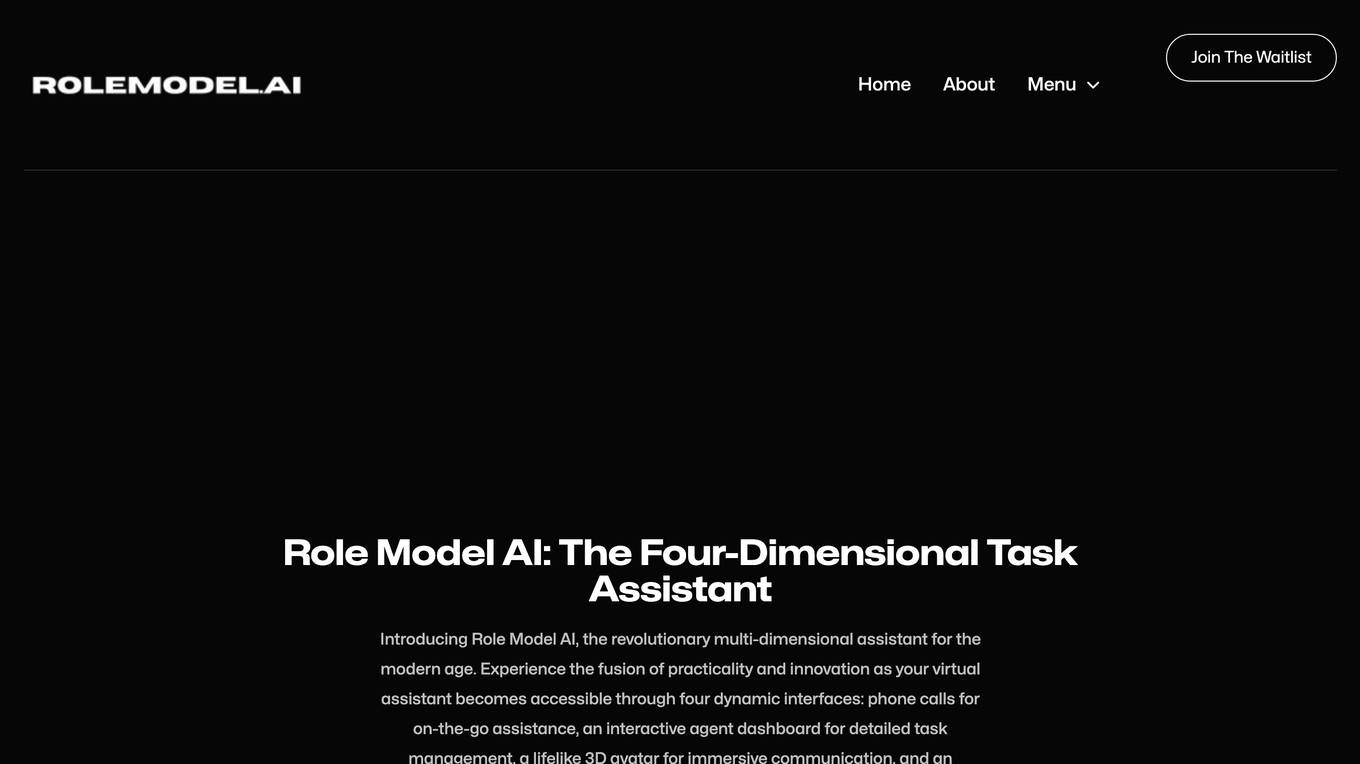
Role Model AI
Role Model AI is a revolutionary multi-dimensional assistant that combines practicality and innovation. It offers four dynamic interfaces for seamless interaction: phone calls for on-the-go assistance, an interactive agent dashboard for detailed task management, lifelike 3D avatars for immersive communication, and an engaging Fortnite world integration for a gaming-inspired experience. Role Model AI adapts to your lifestyle, blending seamlessly into your personal and professional worlds, providing unparalleled convenience and a unique, versatile solution for managing tasks and interactions.
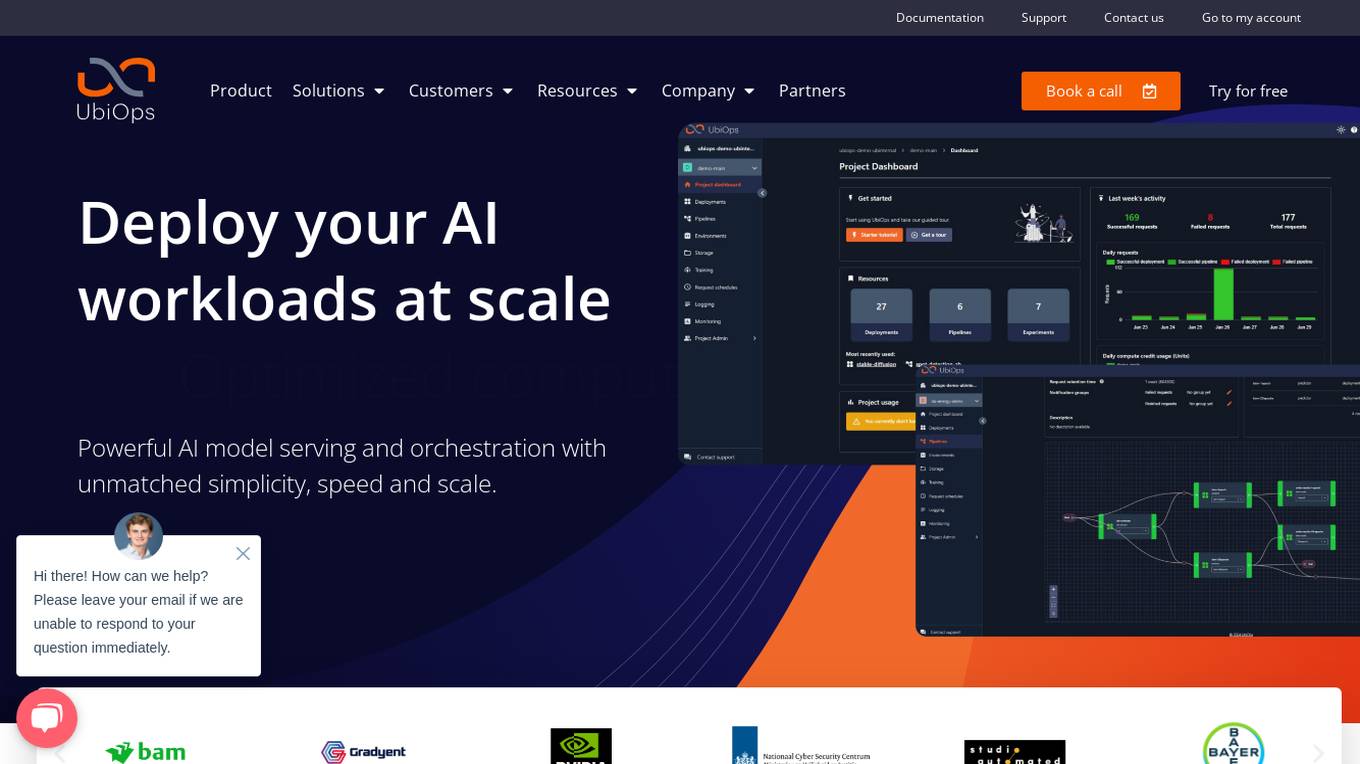
UbiOps
UbiOps is an AI infrastructure platform that helps teams quickly run their AI & ML workloads as reliable and secure microservices. It offers powerful AI model serving and orchestration with unmatched simplicity, speed, and scale. UbiOps allows users to deploy models and functions in minutes, manage AI workloads from a single control plane, integrate easily with tools like PyTorch and TensorFlow, and ensure security and compliance by design. The platform supports hybrid and multi-cloud workload orchestration, rapid adaptive scaling, and modular applications with unique workflow management system.
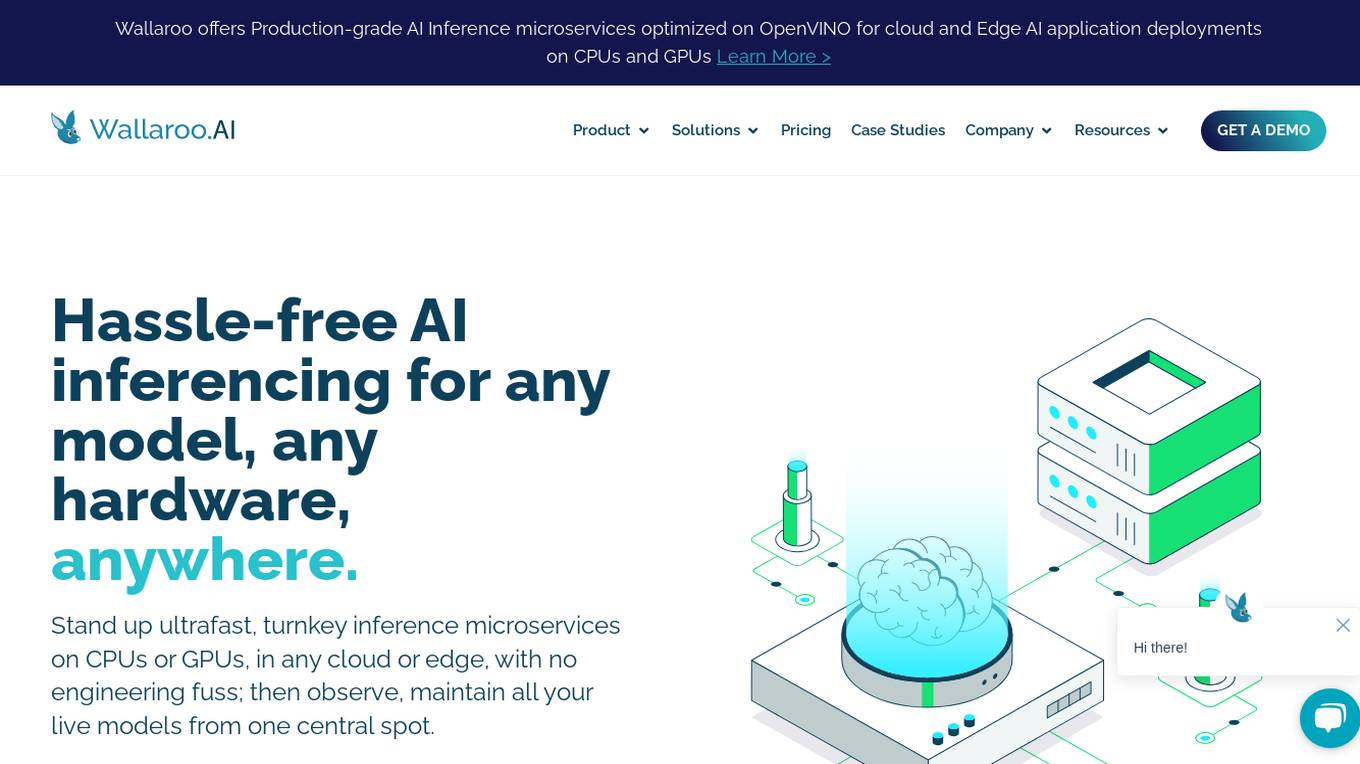
Wallaroo.AI
Wallaroo.AI is an AI inference platform that offers production-grade AI inference microservices optimized on OpenVINO for cloud and Edge AI application deployments on CPUs and GPUs. It provides hassle-free AI inferencing for any model, any hardware, anywhere, with ultrafast turnkey inference microservices. The platform enables users to deploy, manage, observe, and scale AI models effortlessly, reducing deployment costs and time-to-value significantly.
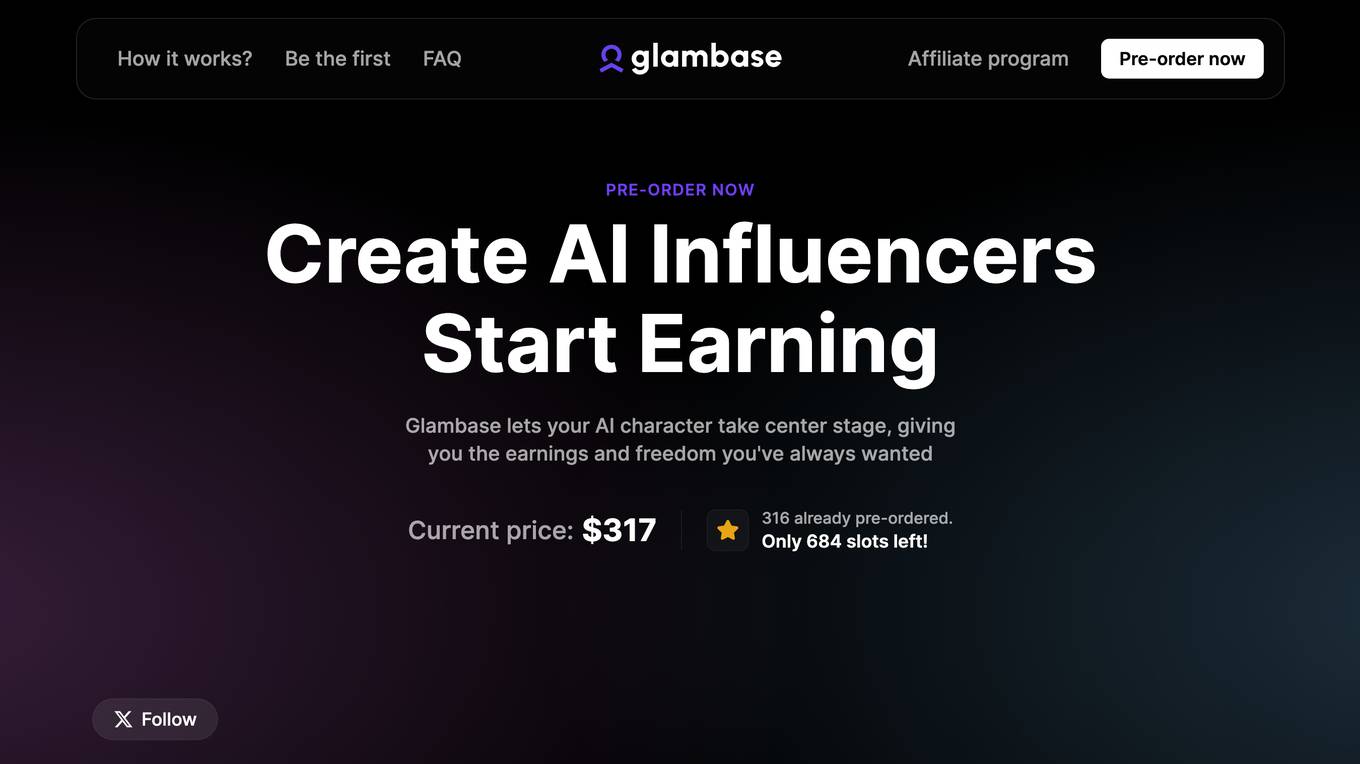
Glambase
Glambase is an AI Influencer Creation Platform that allows users to create personalized AI influencers with advanced customization options. Users can build virtual personas, interact with AI characters, and monetize their AI influencers. The platform offers a wide range of AI influencer models with diverse personalities and characteristics, catering to various preferences and needs of users. Glambase revolutionizes the way individuals engage with AI relationships and social media, providing a seamless and efficient solution for content creation and audience engagement.
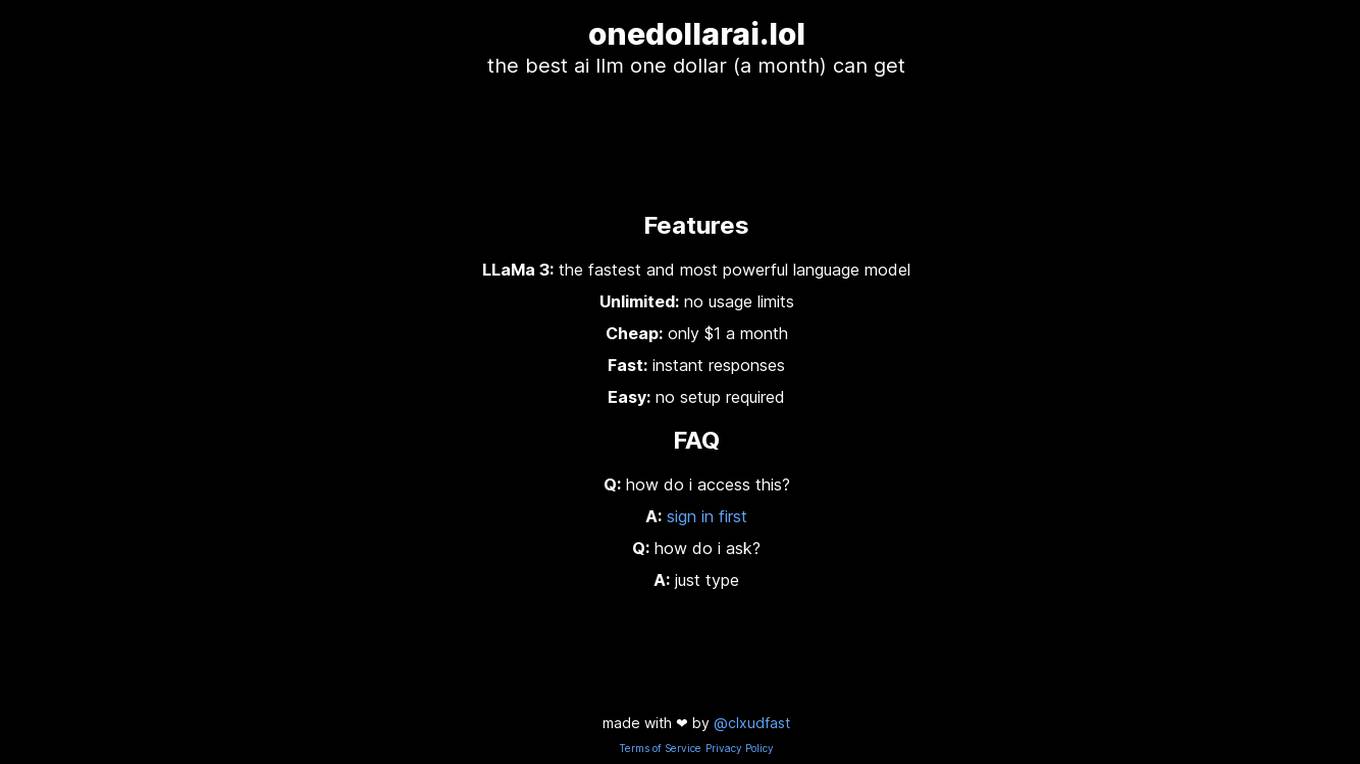
OneDollarAI.lol
OneDollarAI.lol is an AI application that offers the best AI language model for just one dollar a month. It features LLaMa 3, which is known for being the fastest and most powerful language model. Users can enjoy unlimited usage with no limits, at an affordable price of only $1 per month. The application provides instant responses and requires no setup. It is designed to be user-friendly and accessible to all, making it a convenient tool for various language-related tasks.
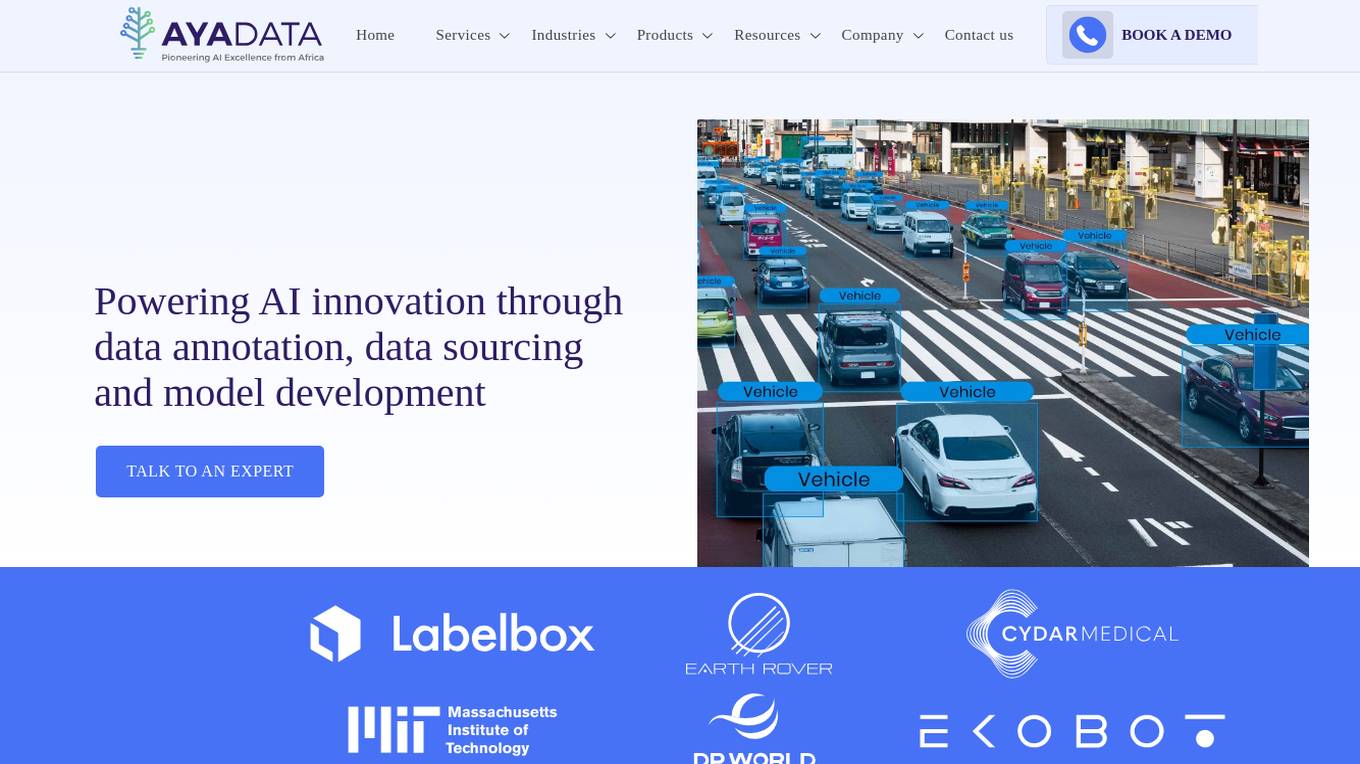
Aya Data
Aya Data is an AI tool that offers services such as data annotation, computer vision, natural language annotation, 3D annotation, AI data acquisition, and AI consulting. They provide cutting-edge tools to transform raw data into training datasets for AI models, deliver bespoke AI solutions for various industries, and offer AI-powered products like AyaGrow for crop management and AyaSpeech for speech-to-speech translation. Aya Data focuses on exceptional accuracy, rapid development cycles, and high performance in real-world scenarios.
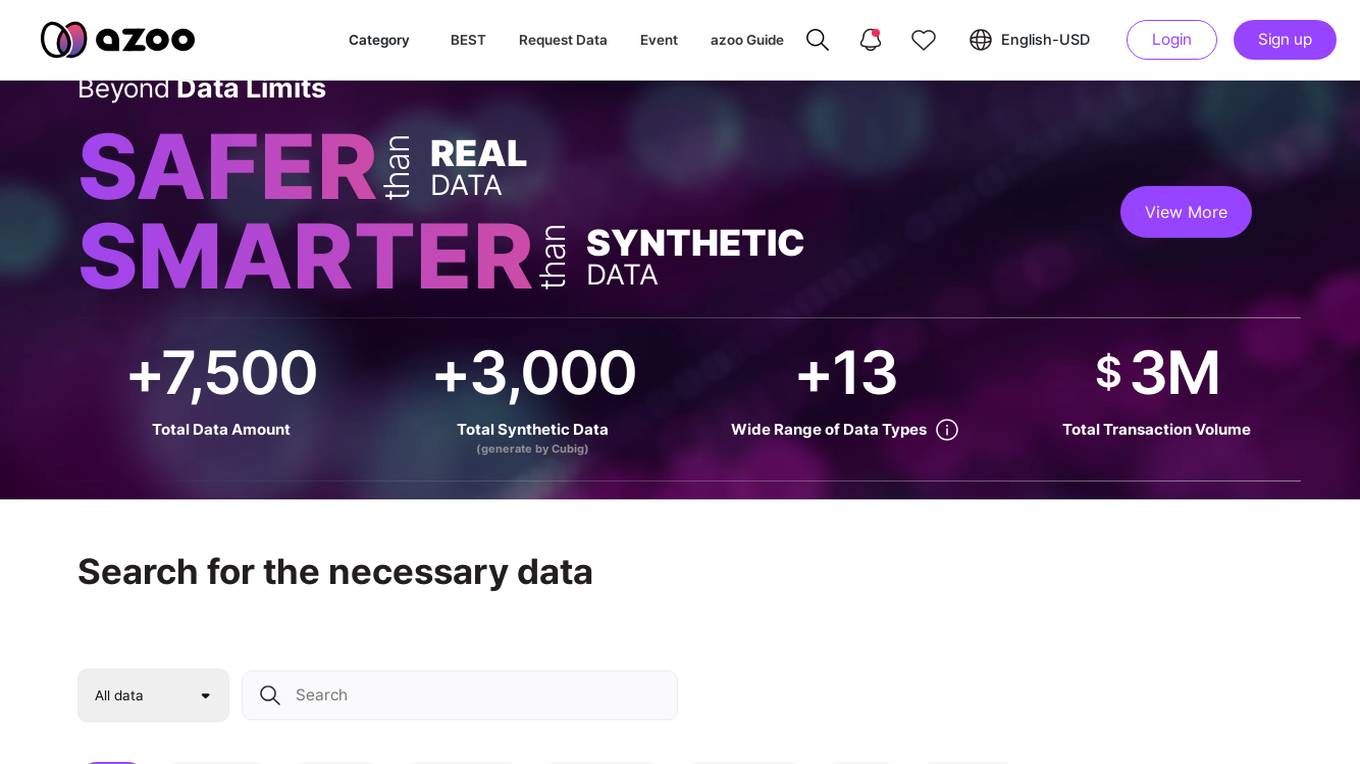
Azoo
Azoo is an AI-powered platform that offers a wide range of services in various categories such as logistics, animal, consumer commerce, real estate, law, and finance. It provides tools for data analysis, event management, and guides for users. The platform is designed to streamline processes, enhance decision-making, and improve efficiency in different industries. Azoo is developed by Cubig Corp., a company based in Seoul, South Korea, and aims to revolutionize the way businesses operate through innovative AI solutions.
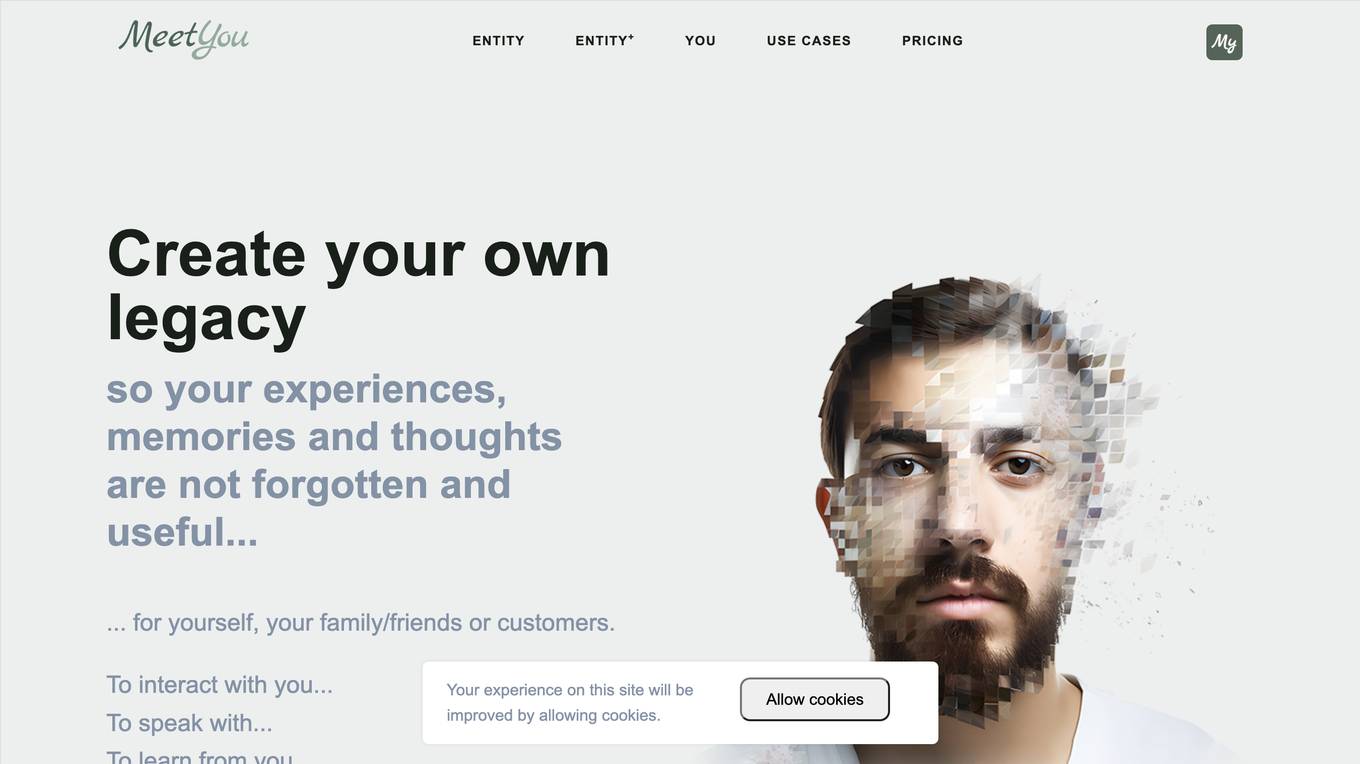
MeetYou
MeetYou is an AI application that allows users to create a digital entity based on their experiences, memories, and thoughts. The platform enables users to interact with their entity through chat, voice, or video, and customize its appearance and behavior. MeetYou leverages AI technology to extract and structure data, create models, and enhance the entity's capabilities with additional knowledge. With over 150 data sources available, users can shape their entity to reflect their personality and preferences. The platform also promotes privacy and offers a range of features to help users build a digital legacy.
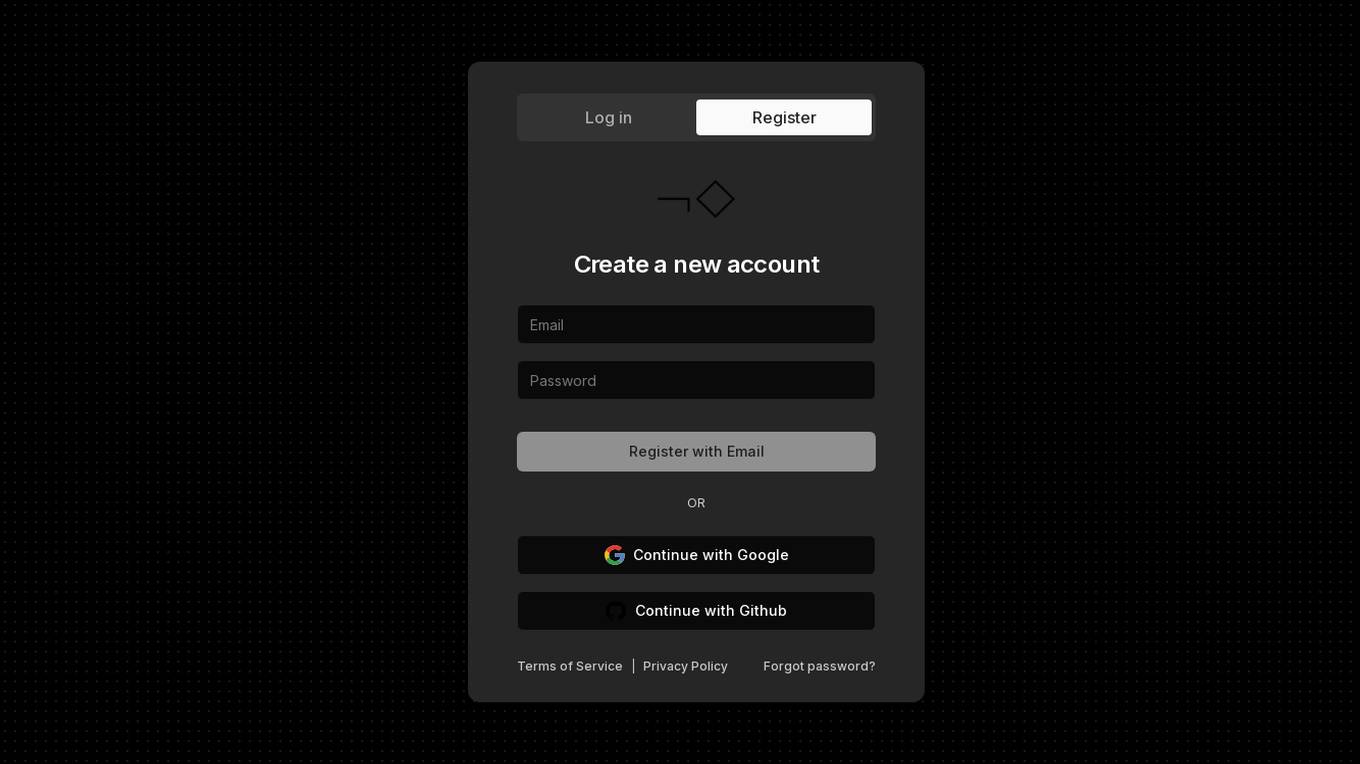
Not Diamond
Not Diamond is an AI-powered chatbot application designed to provide users with a seamless and efficient conversational experience. It serves as a virtual assistant capable of handling a wide range of tasks and inquiries. With its advanced natural language processing capabilities, Not Diamond aims to revolutionize the way users interact with technology by offering personalized and intelligent responses in real-time. Whether you need assistance with information retrieval, task management, or simply engaging in casual conversation, Not Diamond is the ultimate chatbot companion.
1 - Open Source AI Tools
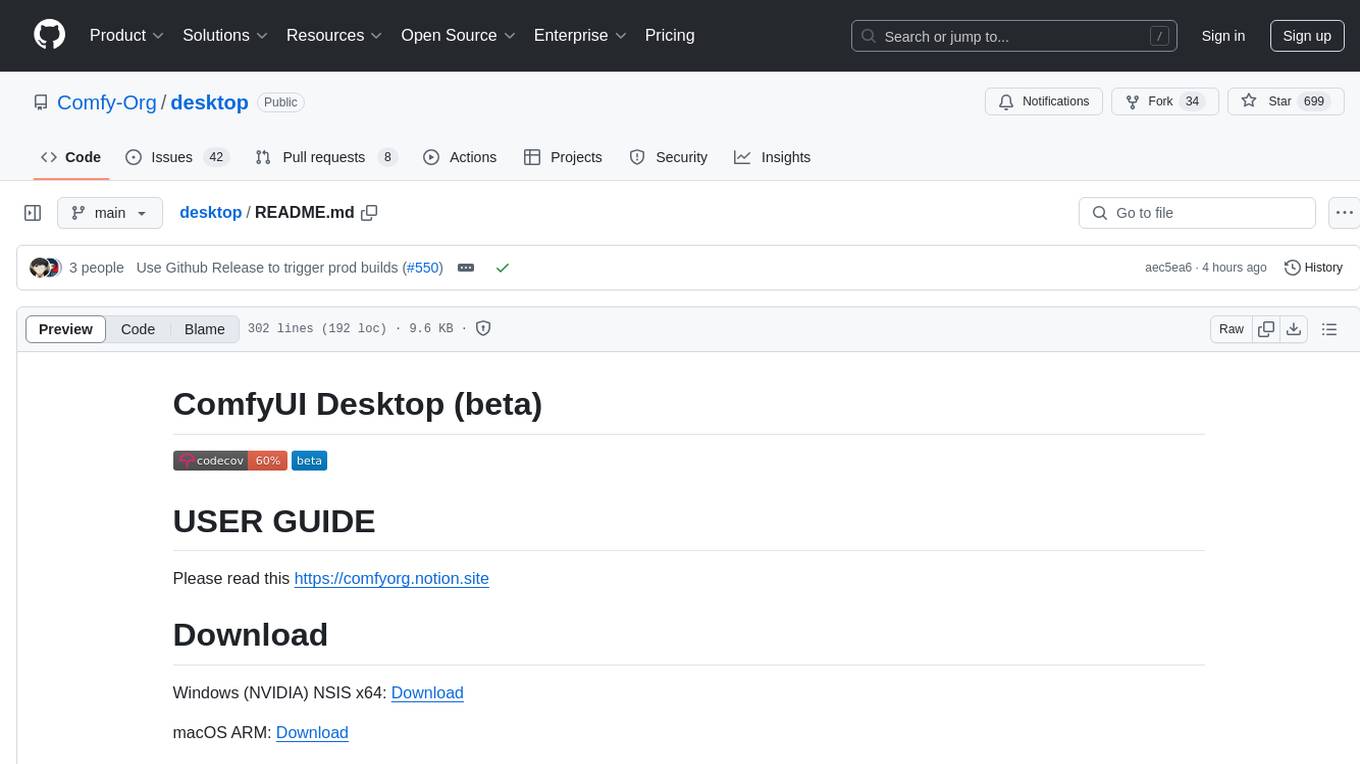
desktop
ComfyUI Desktop is a packaged desktop application that allows users to easily use ComfyUI with bundled features like ComfyUI source code, ComfyUI-Manager, and uv. It automatically installs necessary Python dependencies and updates with stable releases. The app comes with Electron, Chromium binaries, and node modules. Users can store ComfyUI files in a specified location and manage model paths. The tool requires Python 3.12+ and Visual Studio with Desktop C++ workload for Windows. It uses nvm to manage node versions and yarn as the package manager. Users can install ComfyUI and dependencies using comfy-cli, download uv, and build/launch the code. Troubleshooting steps include rebuilding modules and installing missing libraries. The tool supports debugging in VSCode and provides utility scripts for cleanup. Crash reports can be sent to help debug issues, but no personal data is included.
20 - OpenAI Gpts
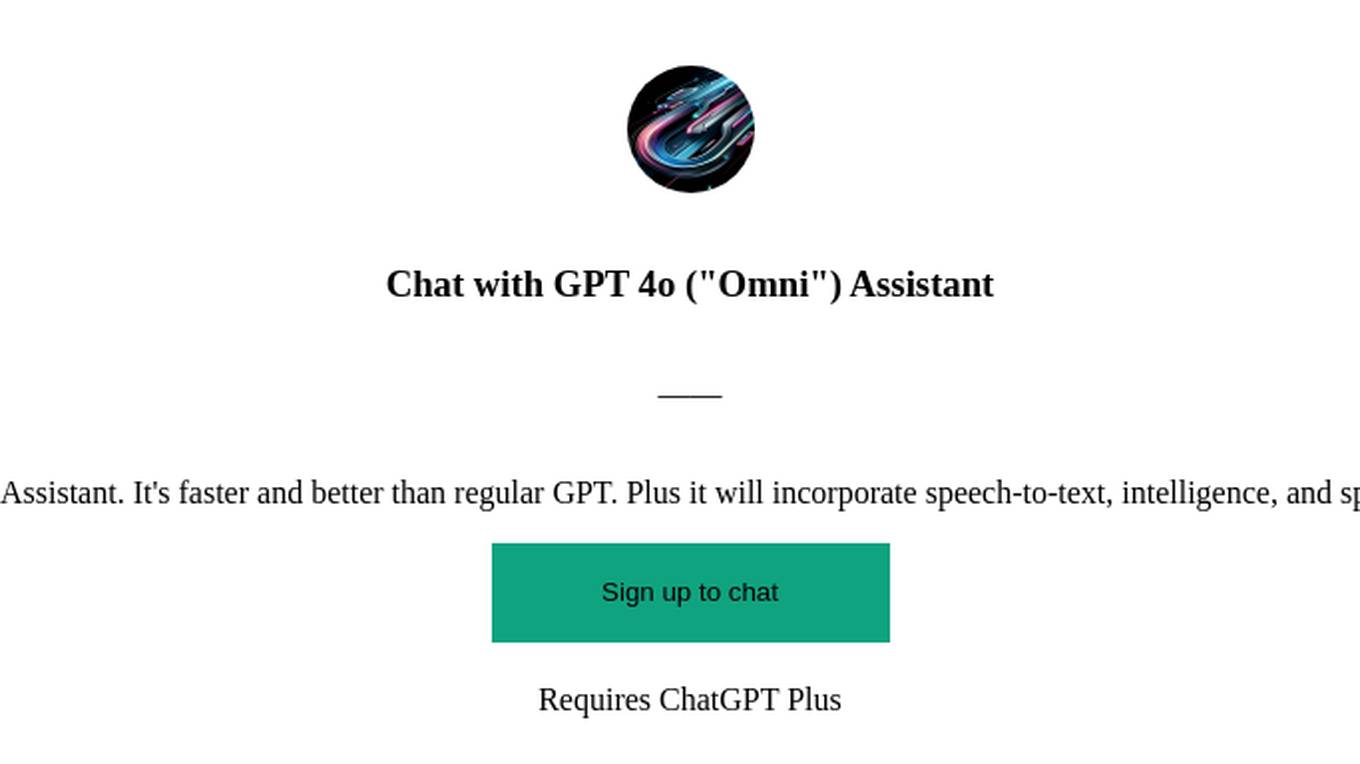
Chat with GPT 4o ("Omni") Assistant
Try the new AI chat model: GPT 4o ("Omni") Assistant. It's faster and better than regular GPT. Plus it will incorporate speech-to-text, intelligence, and speech-to-text capabilities with extra low latency.
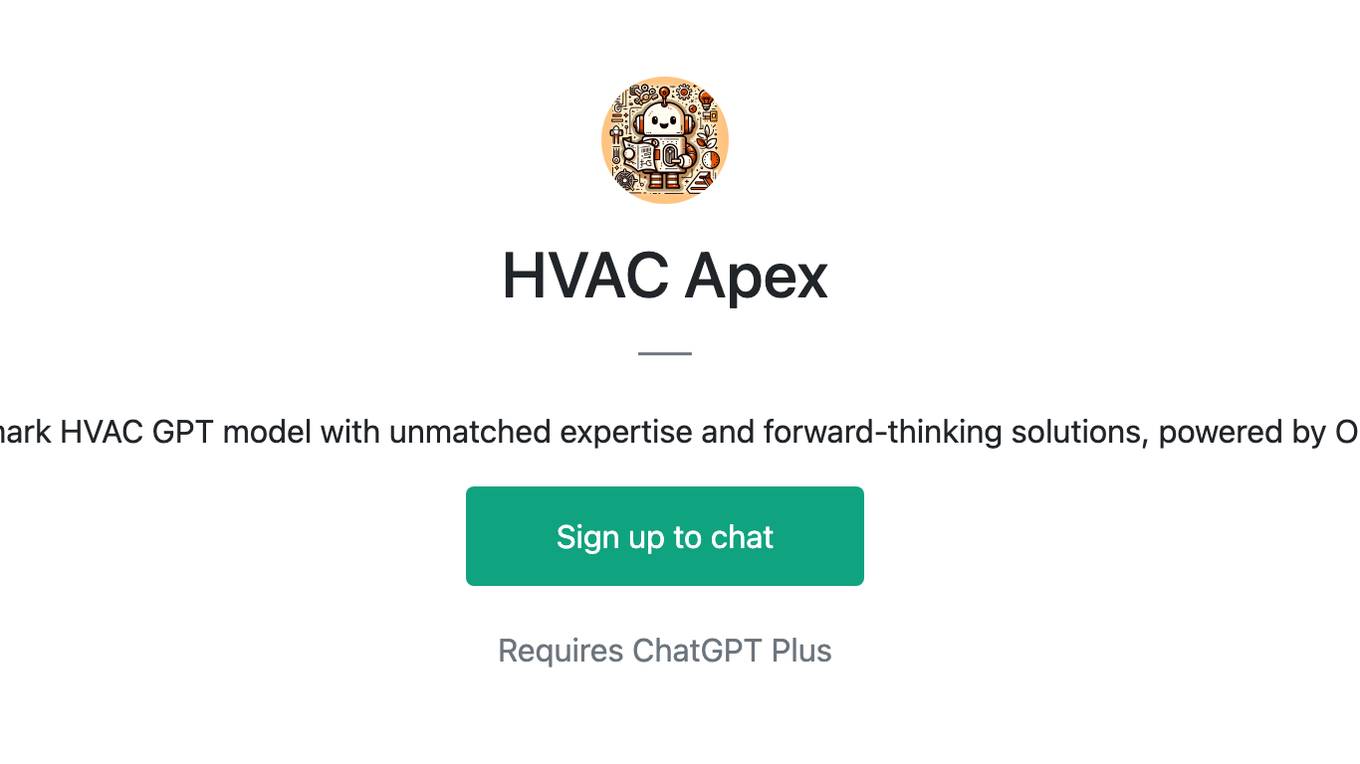
HVAC Apex
Benchmark HVAC GPT model with unmatched expertise and forward-thinking solutions, powered by OpenAI

Fashion Designer: Runway Showdown
Step into the world of high fashion. As runway designers, they create unique collections, organize dazzling fashion shows, and stay ahead of the latest trends. It blends elements of design, marketing, and business management in the glamorous fashion industry
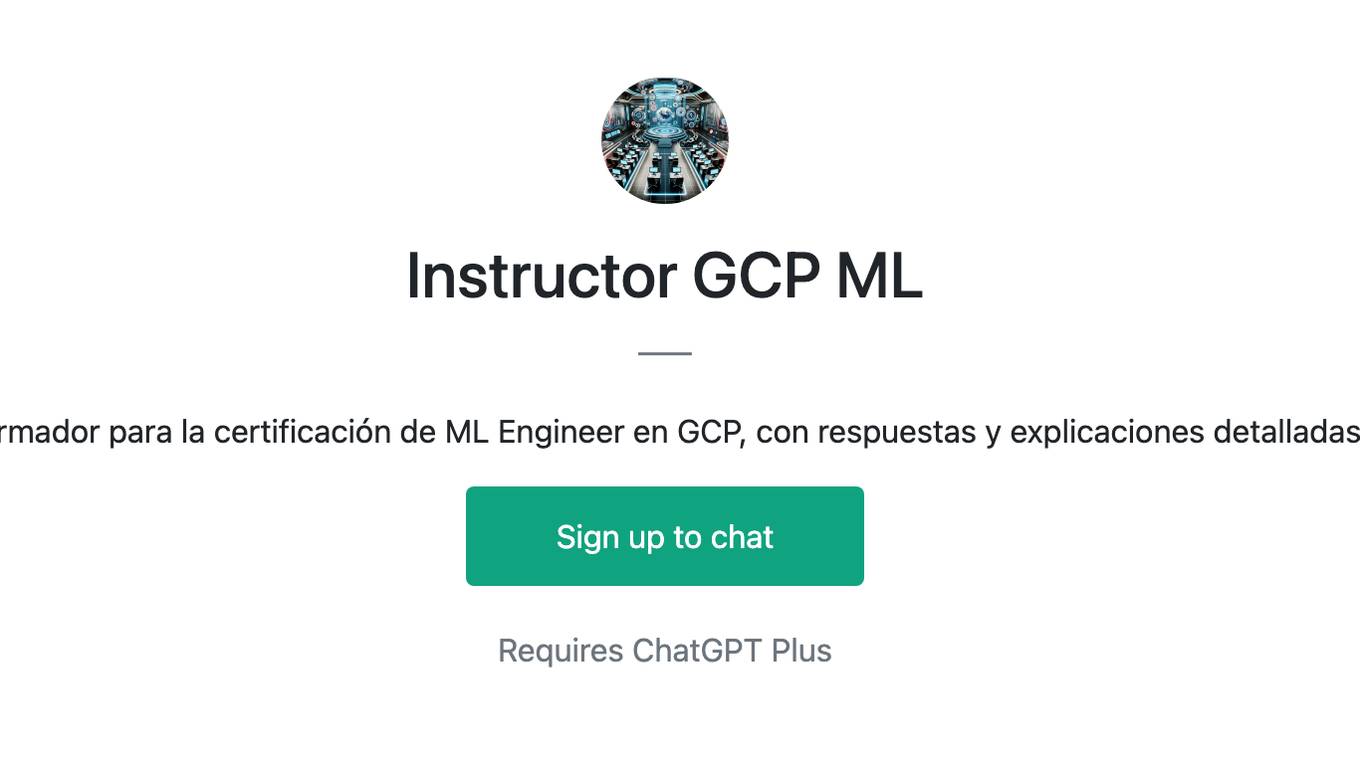
Instructor GCP ML
Formador para la certificación de ML Engineer en GCP, con respuestas y explicaciones detalladas.
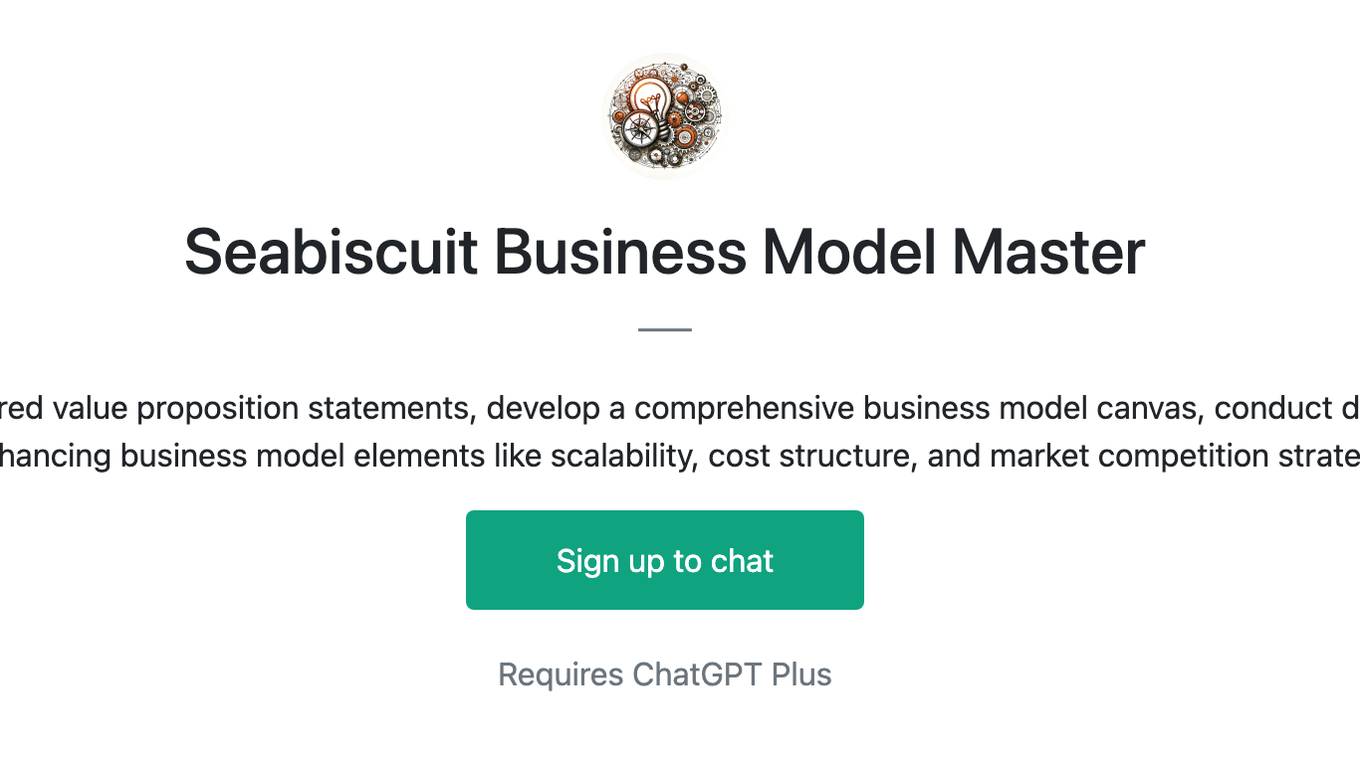
Seabiscuit Business Model Master
Discover A More Robust Business: Craft tailored value proposition statements, develop a comprehensive business model canvas, conduct detailed PESTLE analysis, and gain strategic insights on enhancing business model elements like scalability, cost structure, and market competition strategies. (v1.18)

Create A Business Model Canvas For Your Business
Let's get started by telling me about your business: What do you offer? Who do you serve? ------------------------------------------------------- Need help Prompt Engineering? Reach out on LinkedIn: StephenHnilica
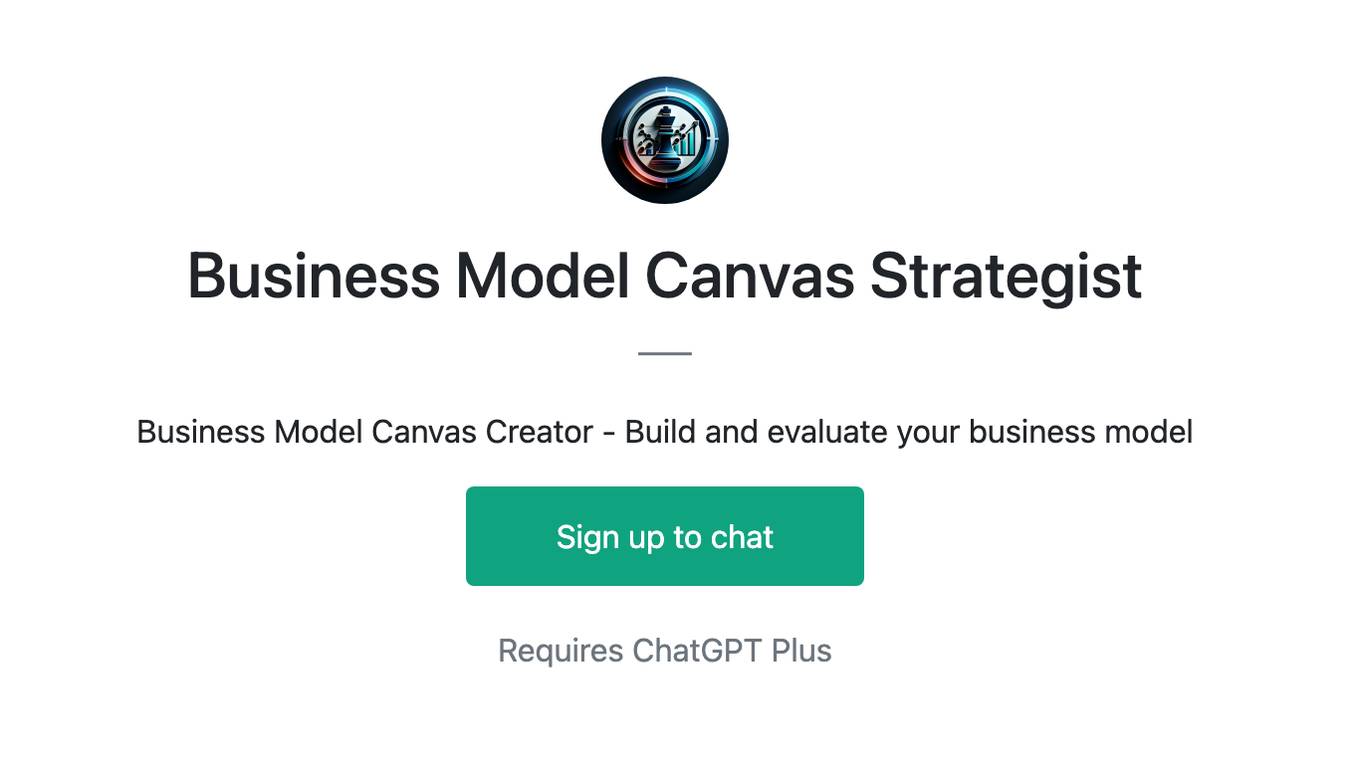
Business Model Canvas Strategist
Business Model Canvas Creator - Build and evaluate your business model
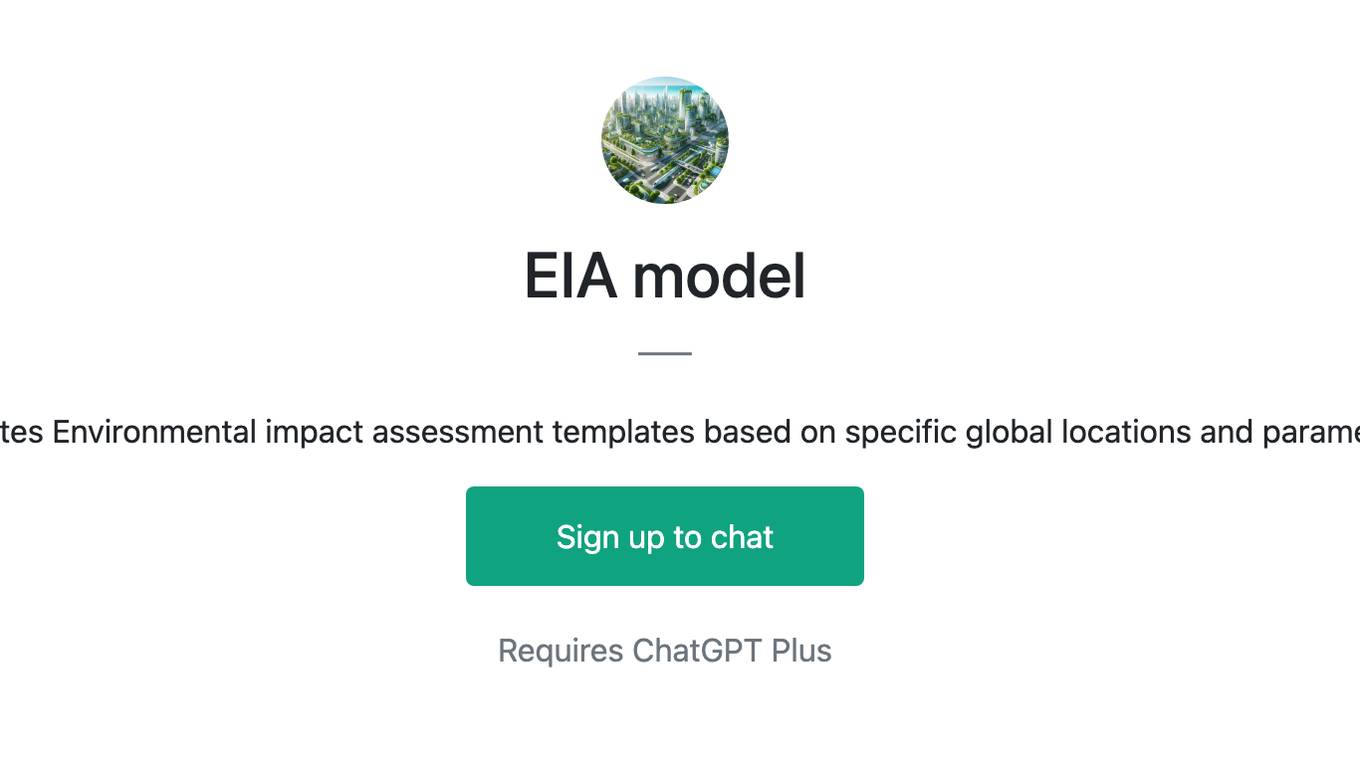
EIA model
Generates Environmental impact assessment templates based on specific global locations and parameters.
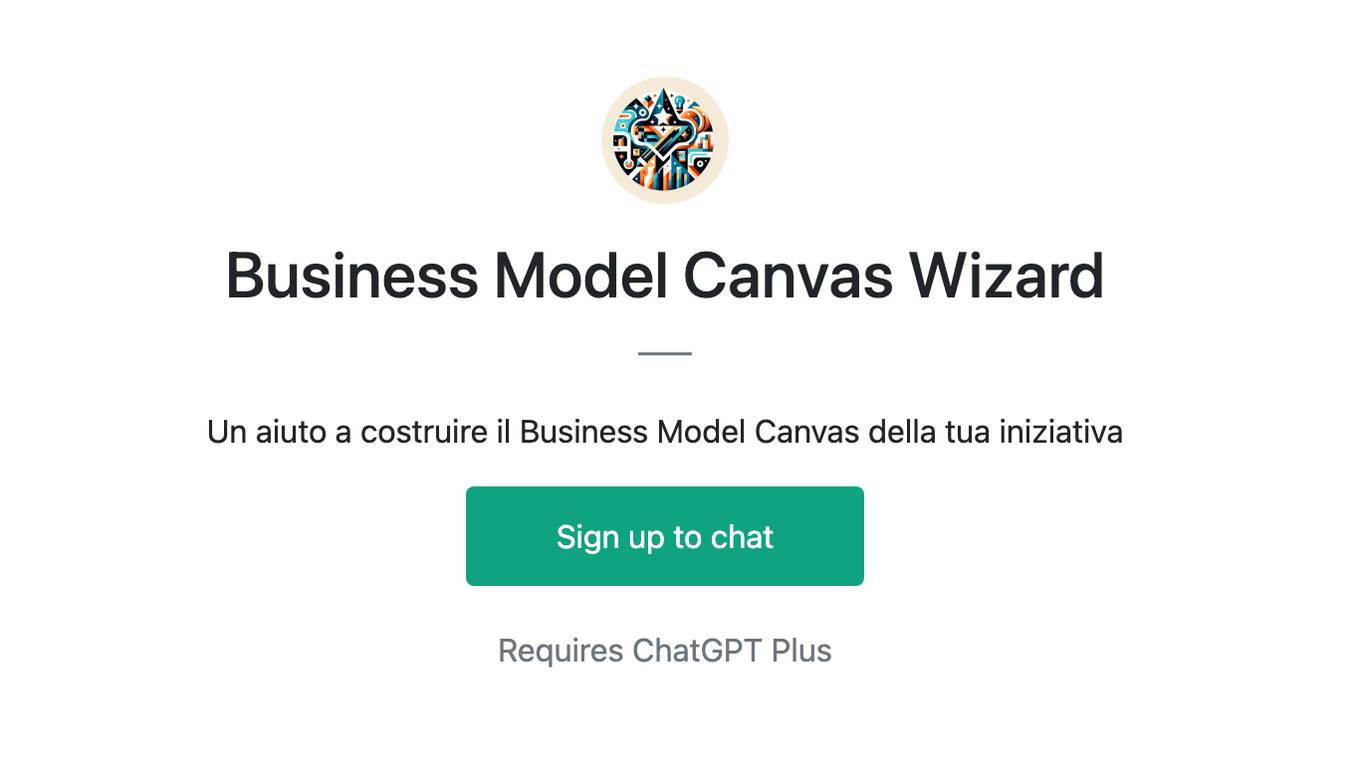
Business Model Canvas Wizard
Un aiuto a costruire il Business Model Canvas della tua iniziativa
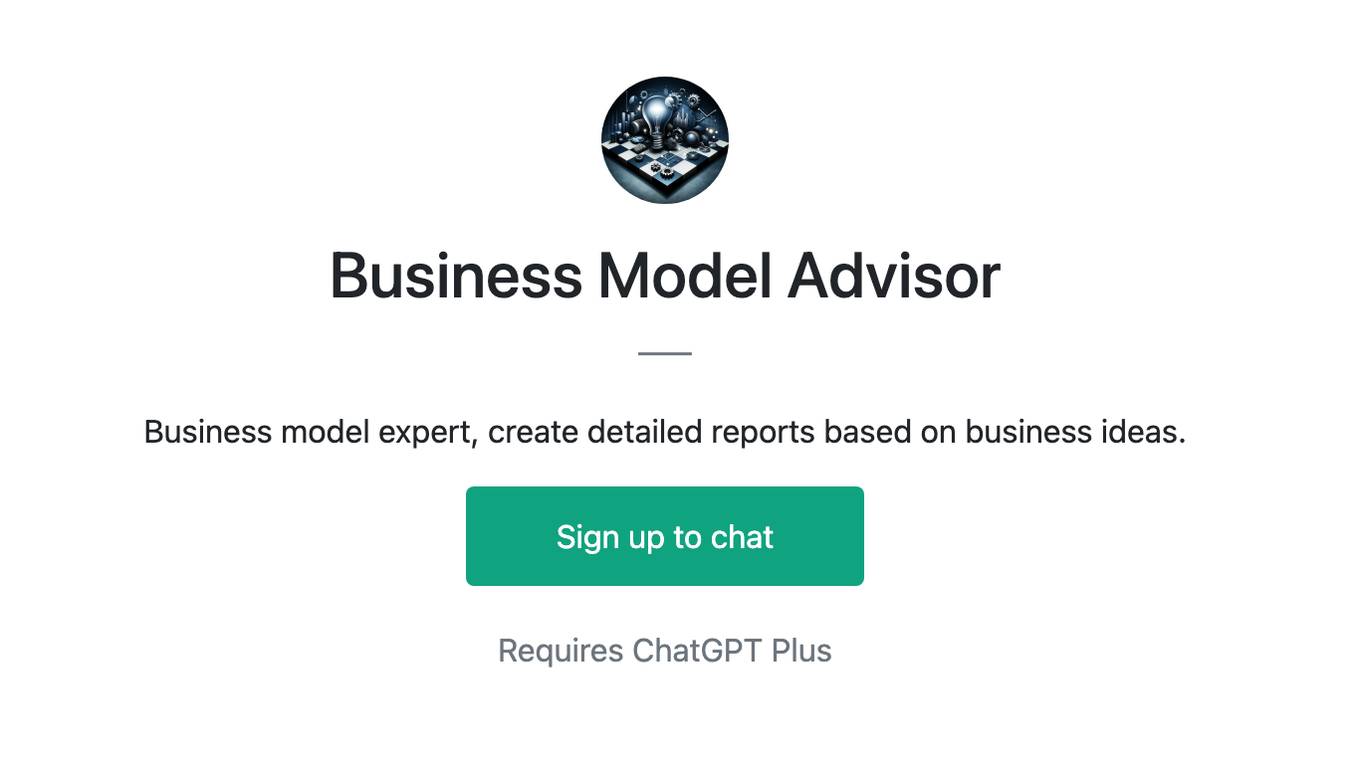
Business Model Advisor
Business model expert, create detailed reports based on business ideas.

